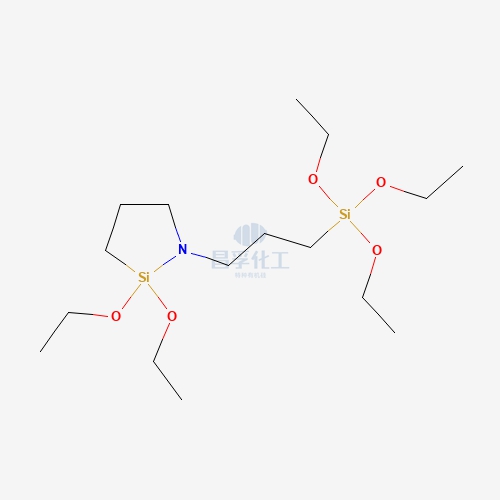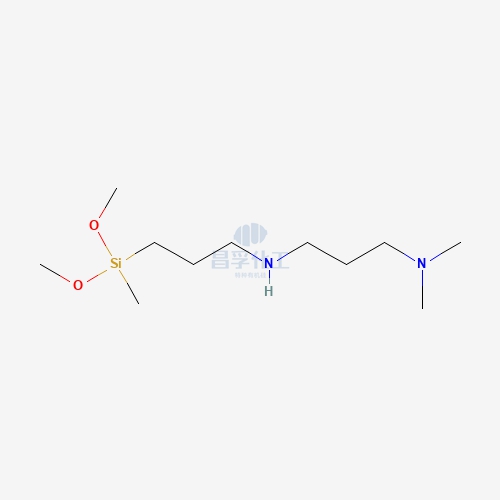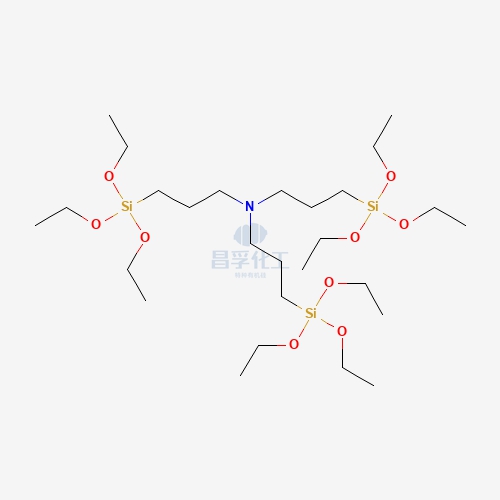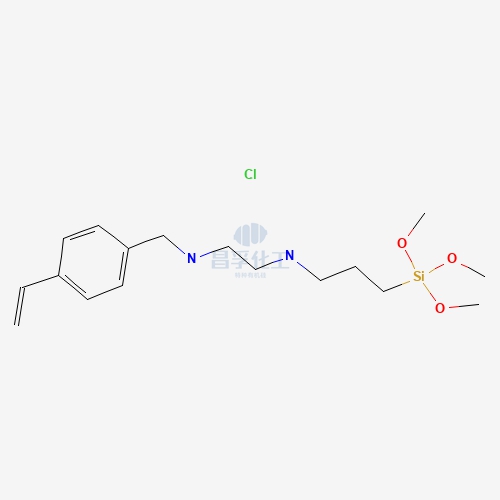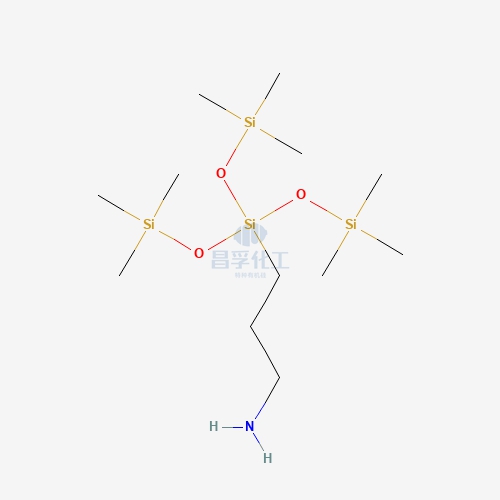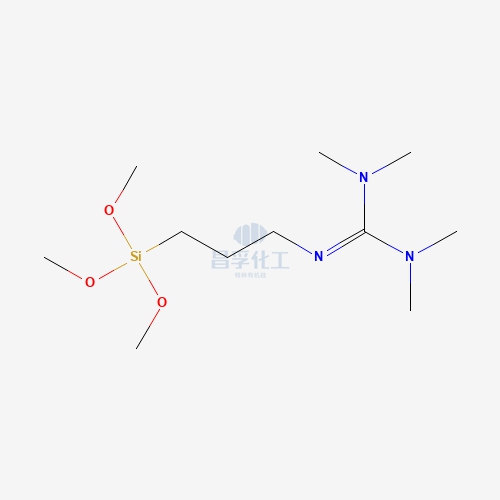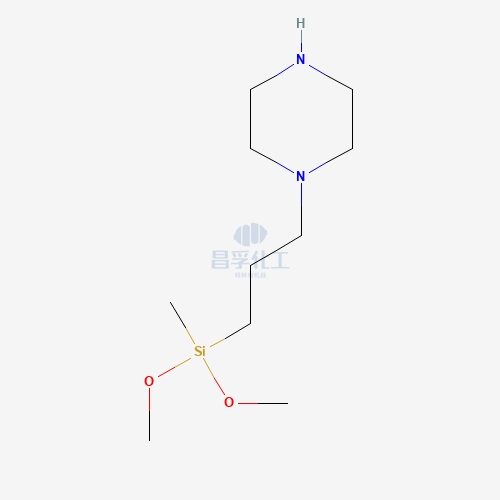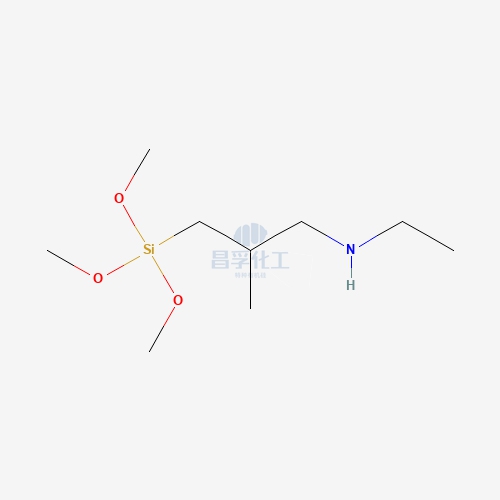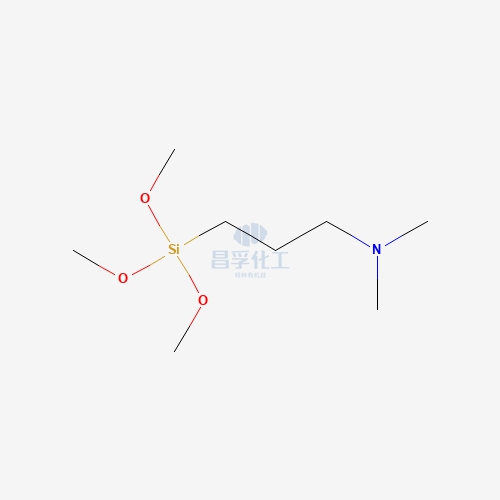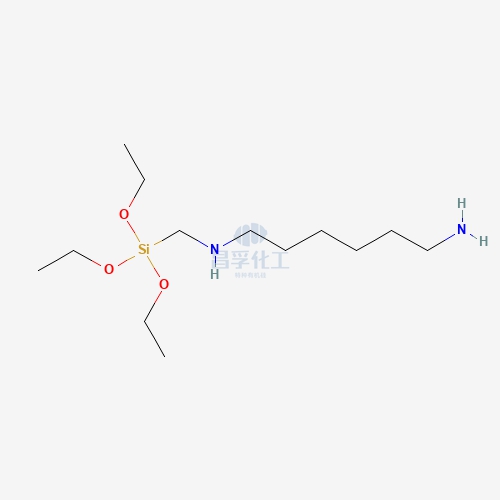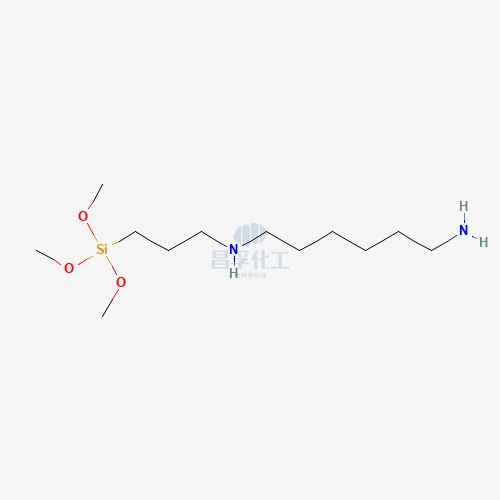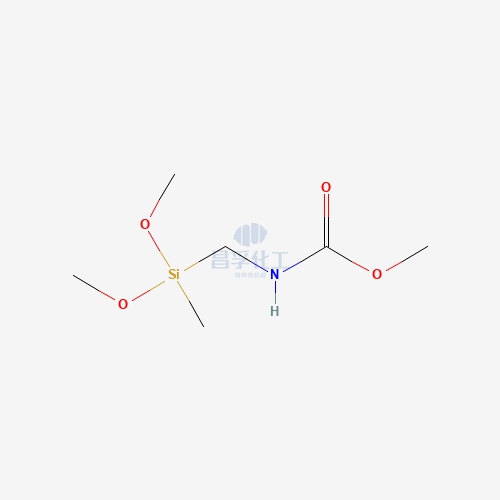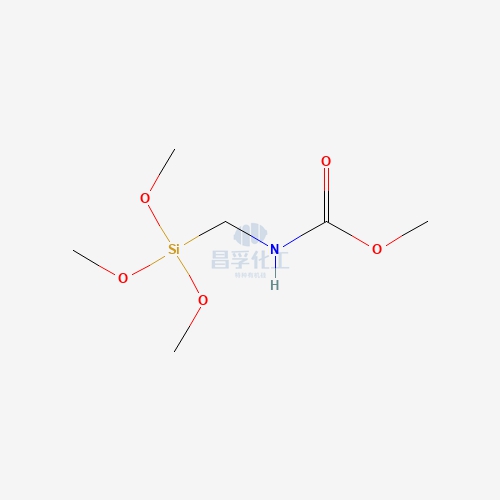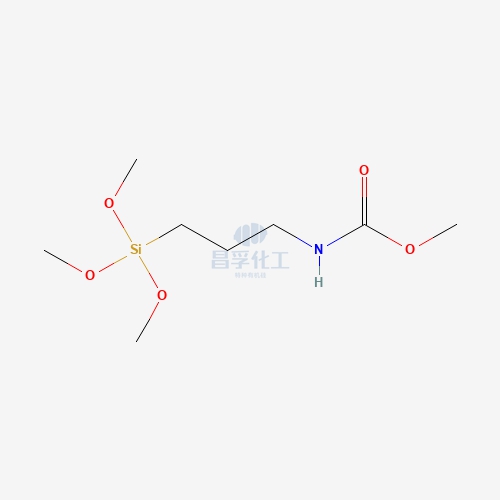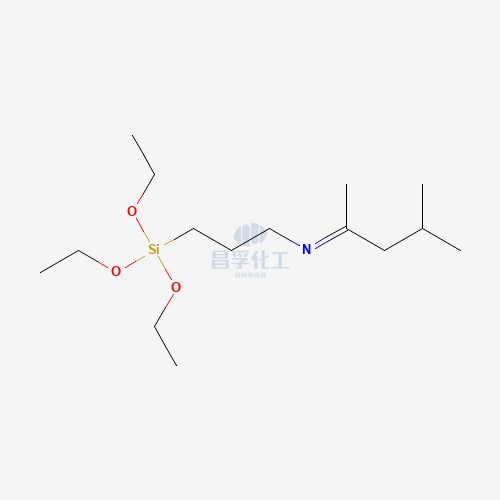
Contact Changfu Chemical Now!
+86 27 8439 6550 | +86 181 6277 0058
A Comprehensive Guide to Silicone Rubber: Chemical Structure, Properties, and Gel Applications
Introduction
Silicone rubber has become a cornerstone material in sectors ranging from aerospace and automotive to healthcare and electronics. Its exceptional thermal stability, biocompatibility, and chemical resistance stem from its unique molecular architecture. In this article, we will explore the silicone rubber chemical structure, its molecular characteristics, and how this affects its mechanical and chemical behavior. Additionally, we will examine the growing use of silicone rubber gel in advanced technologies, its formulation, applications, and how it differs from traditional silicone elastomers.
1. Understanding the Silicone Rubber Chemical Structure
At the heart of silicone rubber lies its organosilicon polymer backbone, consisting of alternating silicon and oxygen atoms (–Si–O–Si–), known as the siloxane bond. This Si–O bond is significantly stronger than the typical C–C bond found in organic polymers, which gives silicone its superior thermal and oxidative stability.
1.1 Basic Chemical Formula
-
General Structure: [–R₂Si–O–]n, where R is typically a methyl, phenyl, or vinyl group.
-
Common types:
-
Polydimethylsiloxane (PDMS) – most widely used
-
Methylvinylsiloxane – enhances reactivity for cross-linking
-
Phenyl-substituted siloxanes – improve low-temperature flexibility
-
1.2 Properties Derived from the Siloxane Backbone
| Property | Explanation |
|---|---|
| Thermal Stability | Degradation temperatures >200°C due to strong Si–O bonds |
| Flexibility | Low glass transition temperature (Tg ≈ –125°C) |
| Oxidation Resistance | Backbone resists UV, ozone, and atmospheric degradation |
| Biocompatibility | Chemically inert; suitable for medical applications |
| Dielectric Strength | Excellent electrical insulation properties |
The open-chain or crosslinked network architecture determines whether silicone is a fluid, elastomer, or gel.
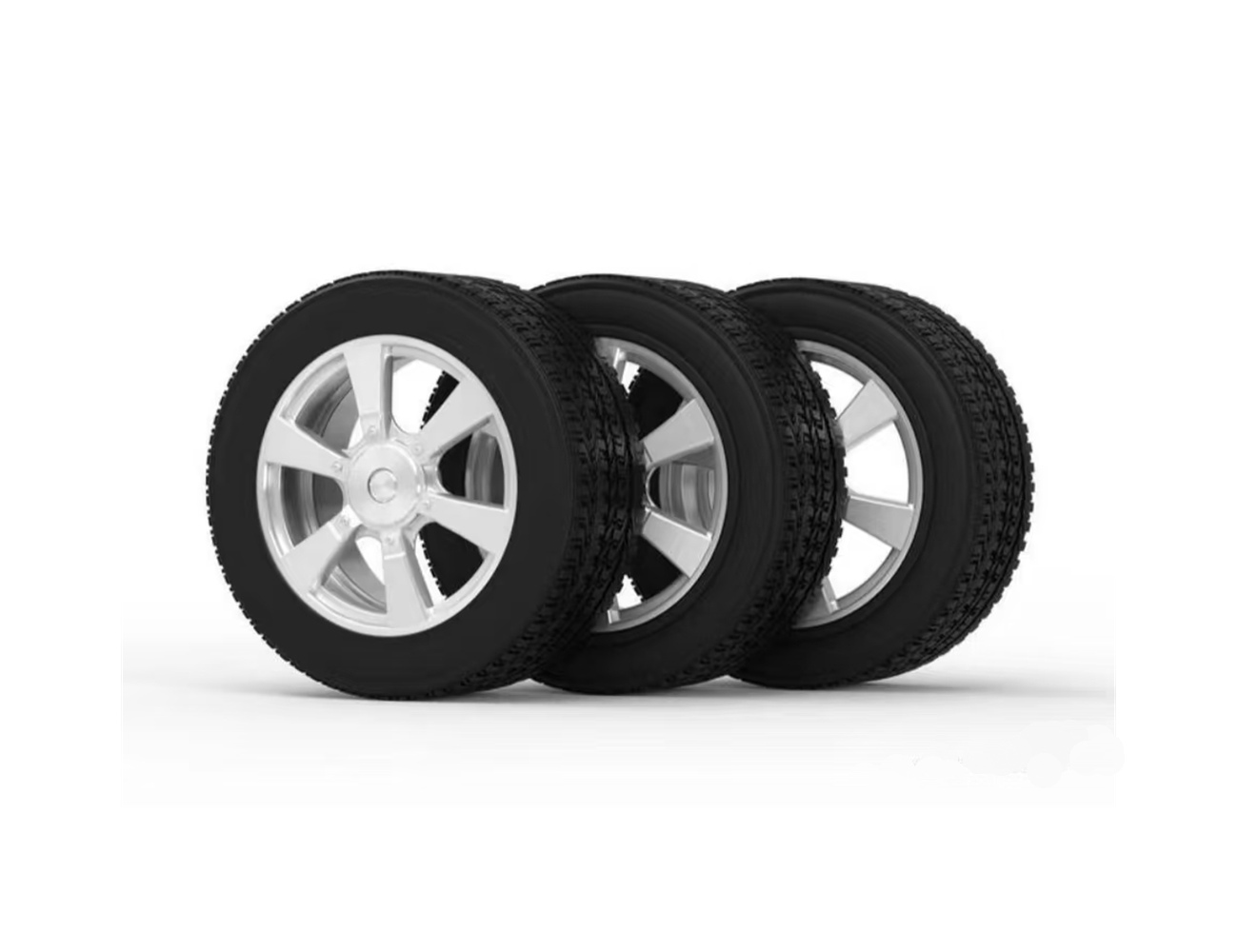
2. Cross-Linking Mechanisms and Curing Methods
Cross-linking converts linear PDMS chains into a three-dimensional network, resulting in an elastomeric solid. The method of curing influences not just the physical properties but also the final application domain.
2.1 Types of Curing
-
Addition (Platinum-catalyzed) Curing
-
No byproducts
-
Preferred in medical and food-grade applications
-
-
Condensation Curing
-
Produces alcohol or acetic acid byproducts
-
Economical but may have longer cure times
-
-
Peroxide Curing
-
Inexpensive but may leave residues and require post-curing
-
2.2 Network Architecture
-
High cross-link density → High hardness, strength
-
Low cross-link density → Greater elasticity, lower modulus
3. Silicone Rubber Gel: Definition, Chemistry, and Benefits
Silicone rubber gel is a lightly crosslinked form of silicone that retains high flexibility and softness, often with a tacky surface. It is neither a liquid nor a traditional rubber—it sits somewhere in between, offering unique properties useful in sensitive or cushioned environments.
3.1 Chemical Basis of Silicone Rubber Gel
-
Often based on low-molecular-weight PDMS crosslinked via platinum-catalyzed addition reactions
-
Low modulus due to low cross-link density
-
Viscoelastic properties that provide energy dissipation and vibration damping
3.2 Key Properties
-
Ultra-soft Shore hardness (often below 10A)
-
High elongation at break (≥200%)
-
Self-healing in some formulations
-
Thermal stability –40°C to 200°C
-
Excellent dielectric properties
4. Applications of Silicone Rubber Gel
Silicone rubber gels are used where traditional elastomers would be too stiff or unyielding. They are common in:
4.1 Electronics
-
Potting and Encapsulation: Protects delicate circuits from moisture, vibration, and mechanical stress
-
Thermal Interface Materials (TIMs): Gels fill microgaps between heatsinks and components
4.2 Medical and Healthcare
-
Scar treatment and wound care pads
-
Prosthetic liners and cushions
-
Electrodes for biopotential measurements
4.3 Cosmetics and Personal Care
-
Used in skin-smoothing formulations (e.g., in primers and creams)
-
Offers non-greasy, silky textures and forms breathable films
4.4 Aerospace and Automotive
-
Sealing and vibration dampening in control systems
-
Gels maintain performance under extreme temperature fluctuations
5. Silicone Rubber vs Silicone Rubber Gel
| Feature | Silicone Rubber | Silicone Rubber Gel |
|---|---|---|
| Structure | Highly crosslinked elastomer | Lightly crosslinked viscoelastic gel |
| Shore Hardness | 20A–80A | <10A or very soft |
| Electrical Insulation | Excellent | Excellent |
| Reusability | Reusable, high durability | Deformable, often single-use |
| Application | Gaskets, tubing, seals, o-rings | Potting compounds, cushioning layers |
6. Innovations and Trends
With the rise of wearable electronics and flexible medical devices, silicone rubber gels are increasingly being engineered for smart, skin-contact, and implantable applications. New trends include:
-
Self-healing gels
-
Conductive silicone gels with embedded nanoparticles
-
Biodegradable or eco-friendly siloxane systems
-
Thermally conductive gels for heat management in EV batteries
Conclusion
The silicone rubber chemical structure is the foundation of its incredible versatility, making it a material of choice across demanding industrial and consumer applications. Silicone rubber gel, a more specialized form, brings unique softness and adaptability that traditional elastomers cannot offer. Understanding the chemistry, curing systems, and application domains of these materials helps manufacturers, designers, and engineers choose the best solution for performance, safety, and innovation.
Popular Silicon Compounds
Popular Silicon Compounds
Related News & Blog
Related News & Blog



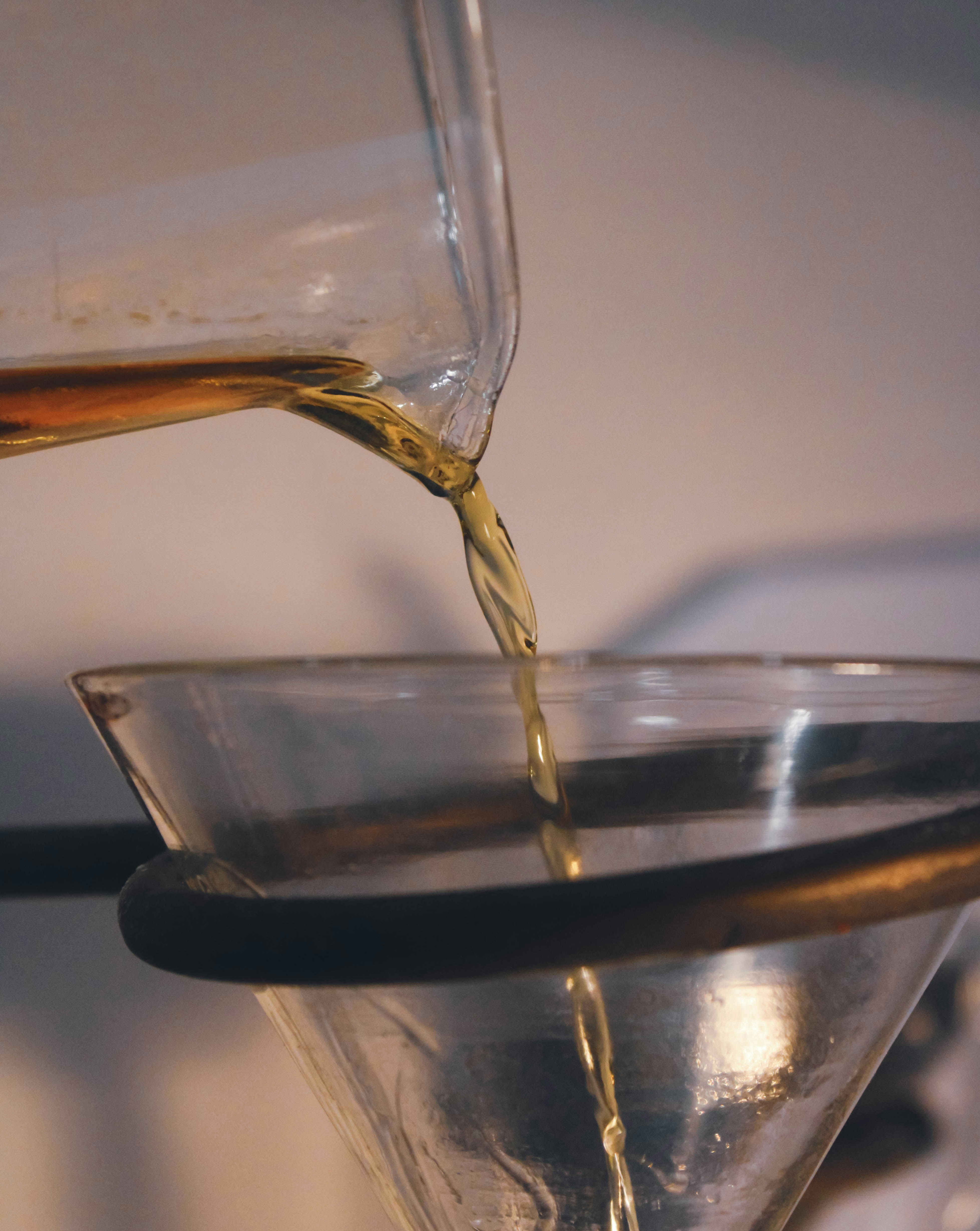

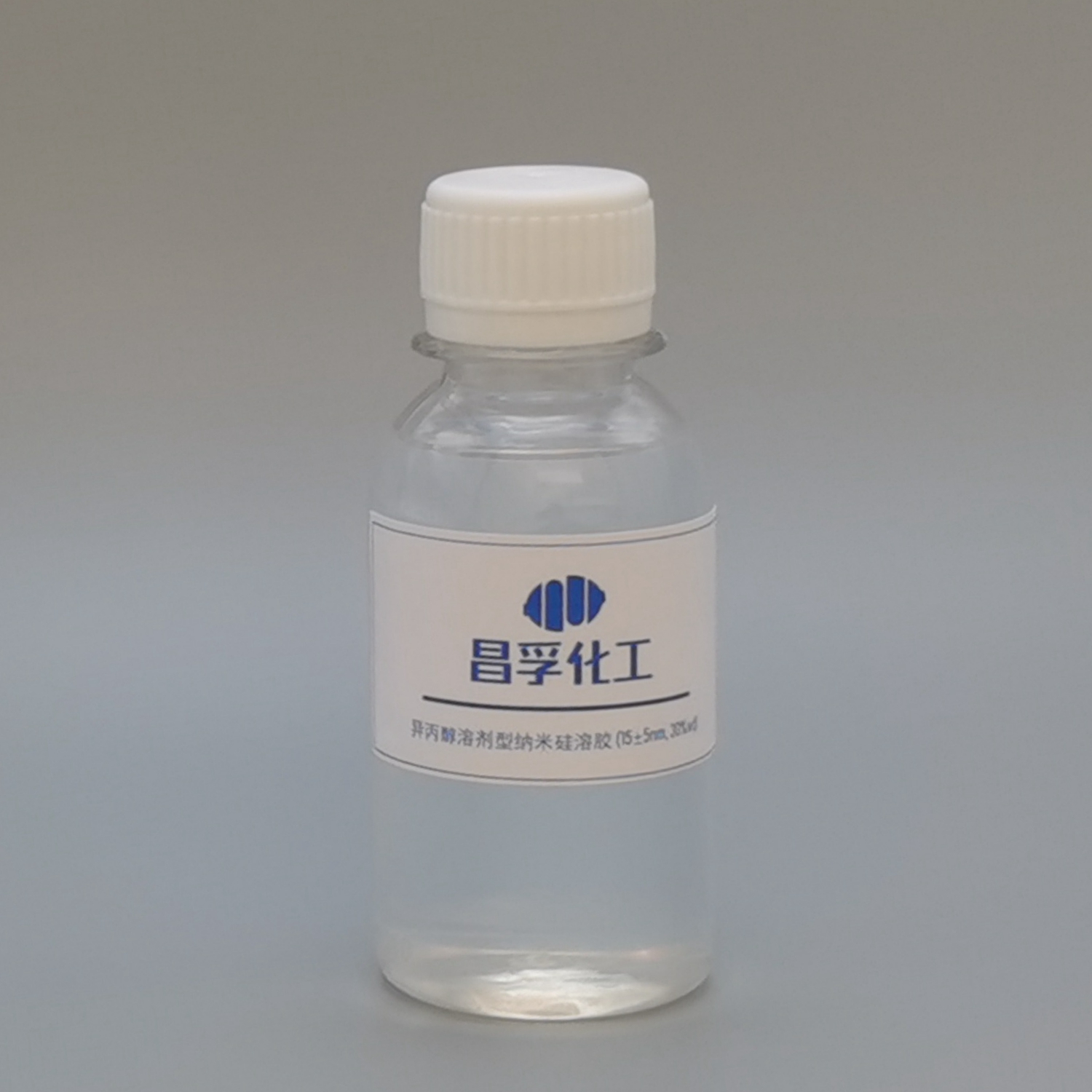
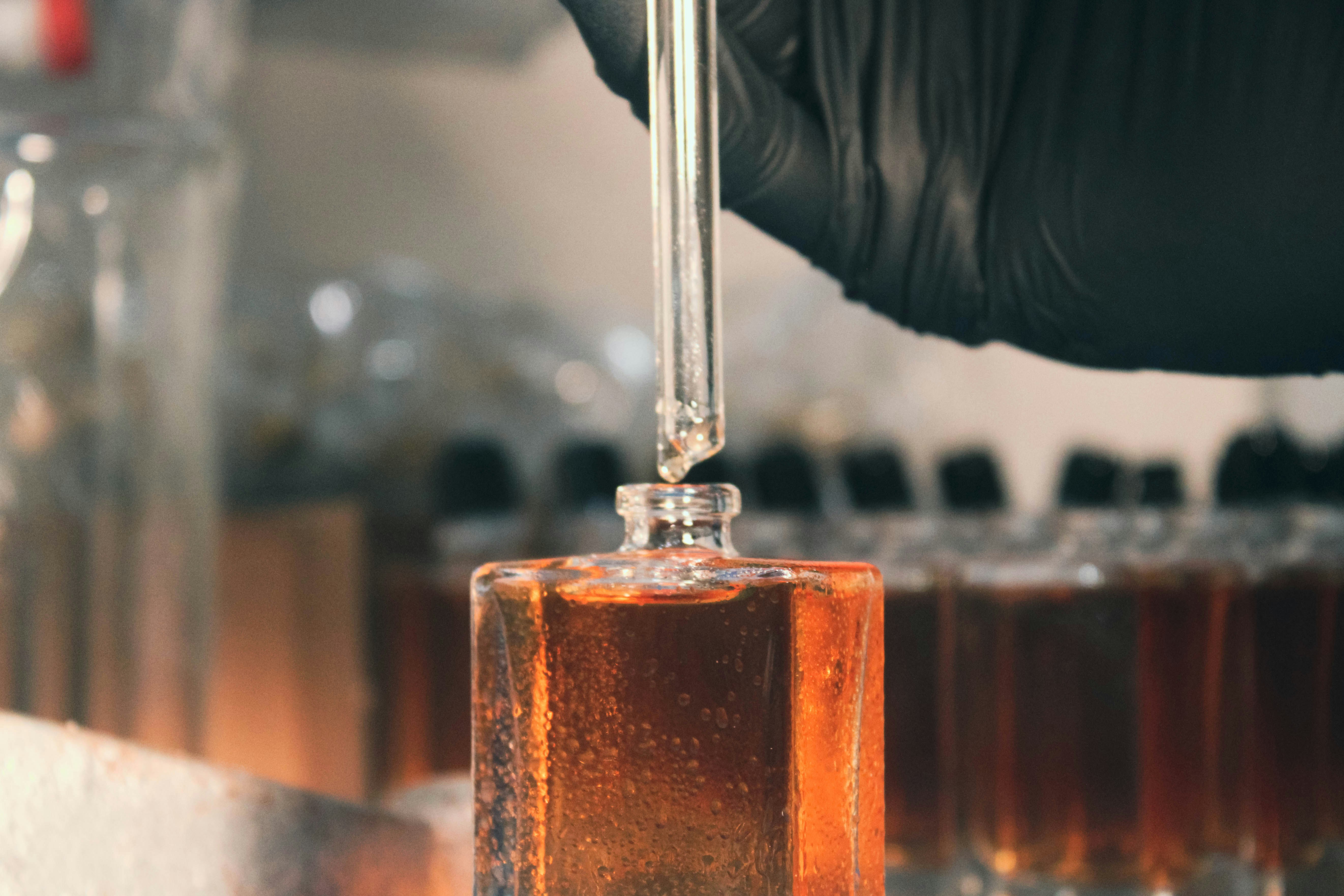
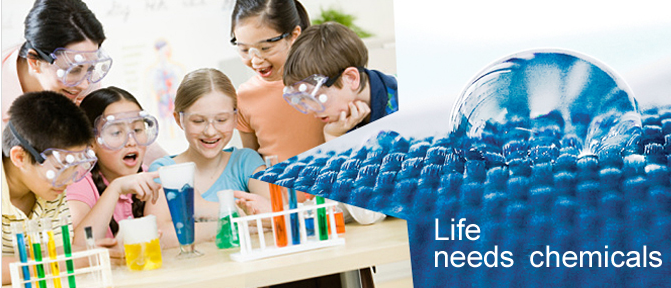
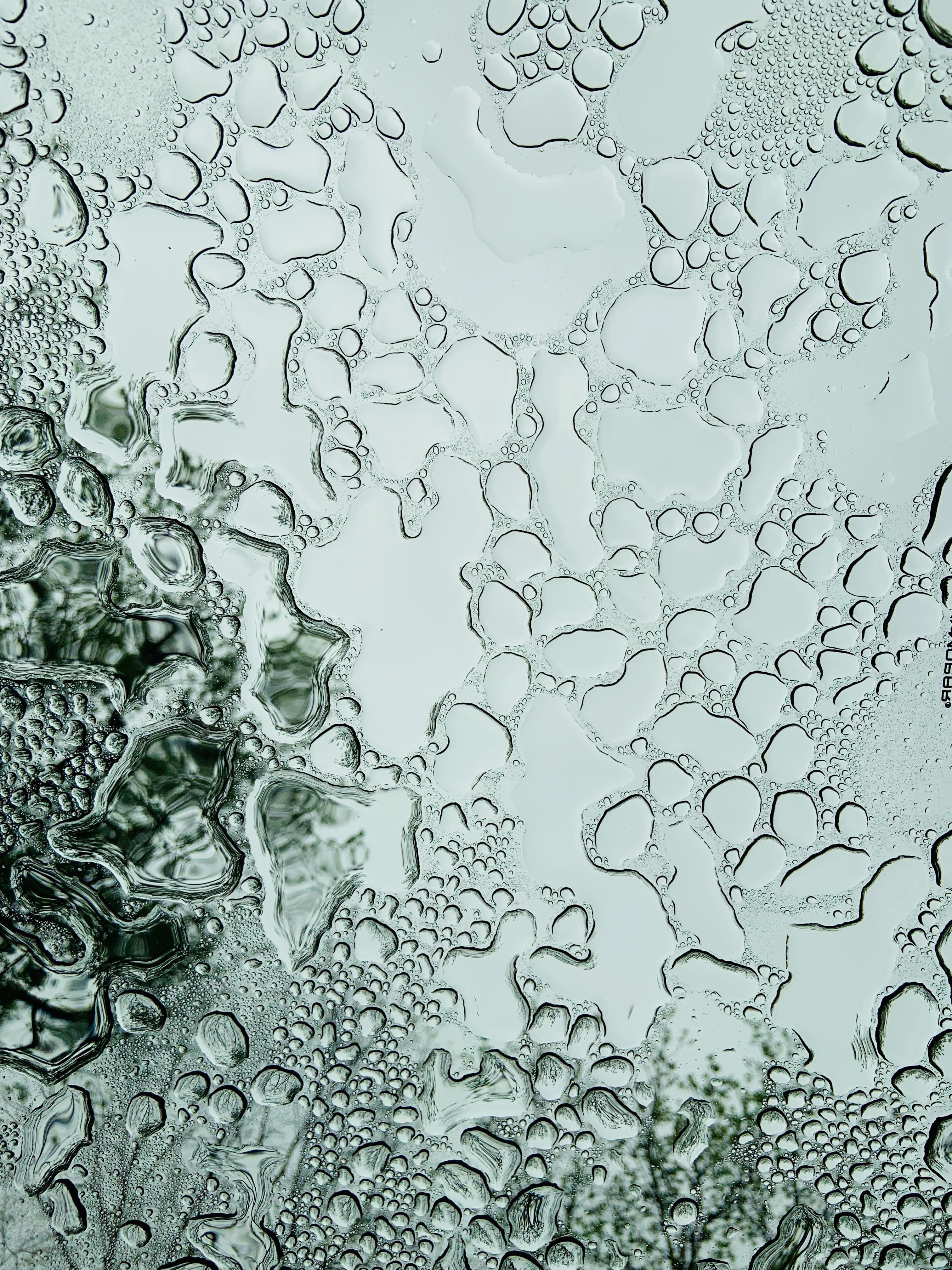
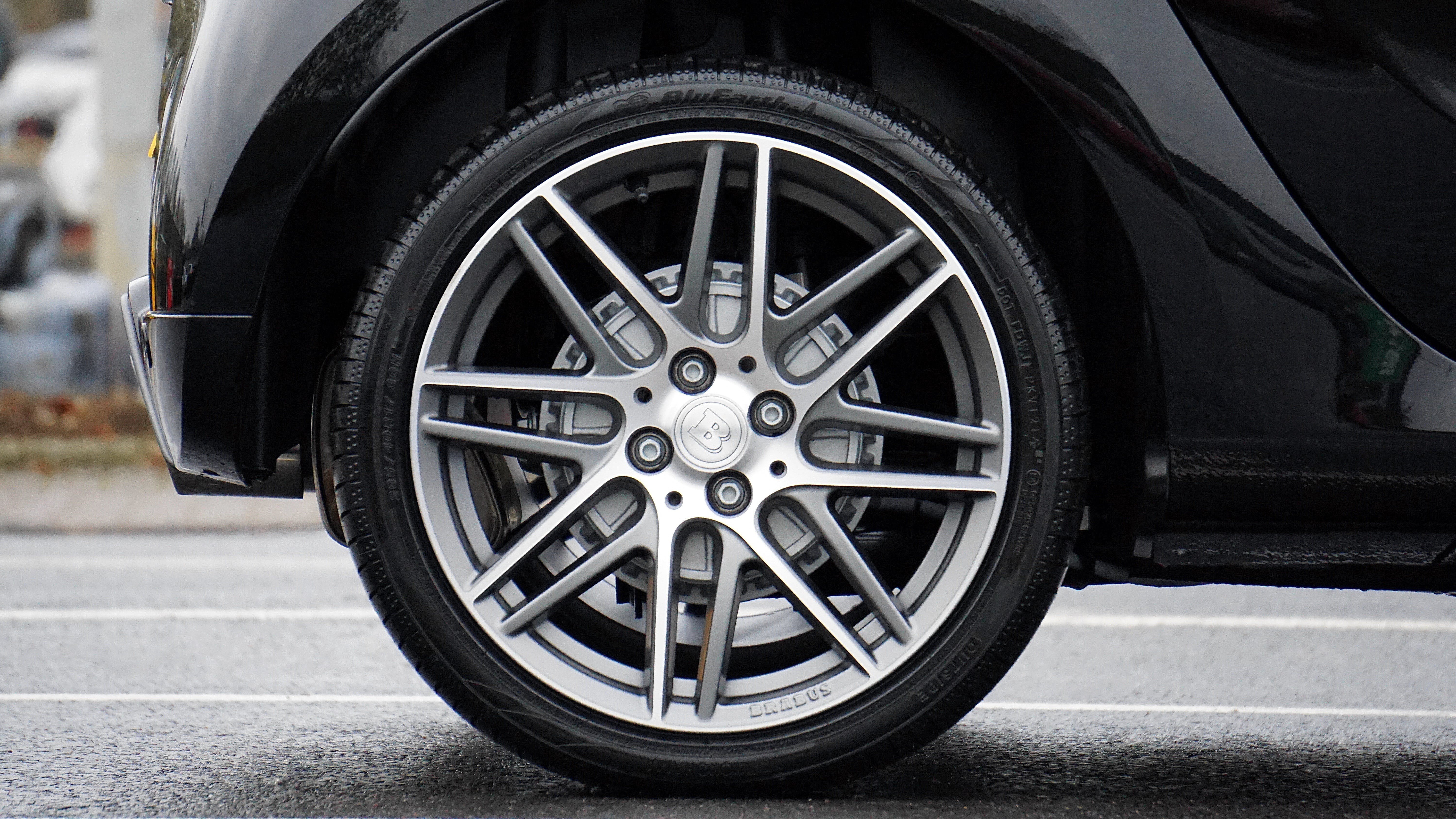
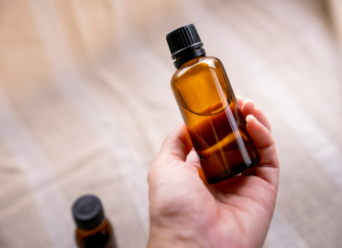



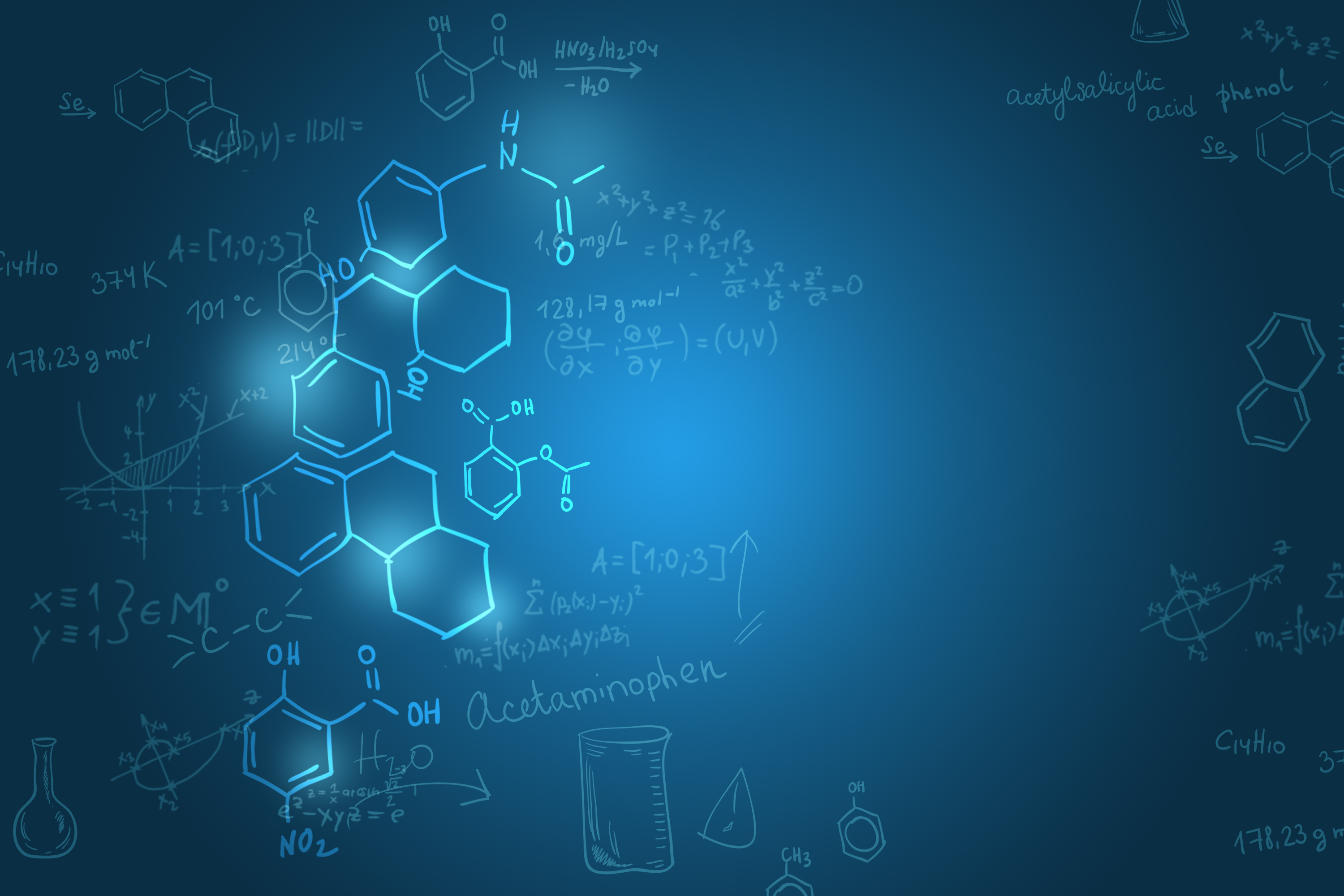
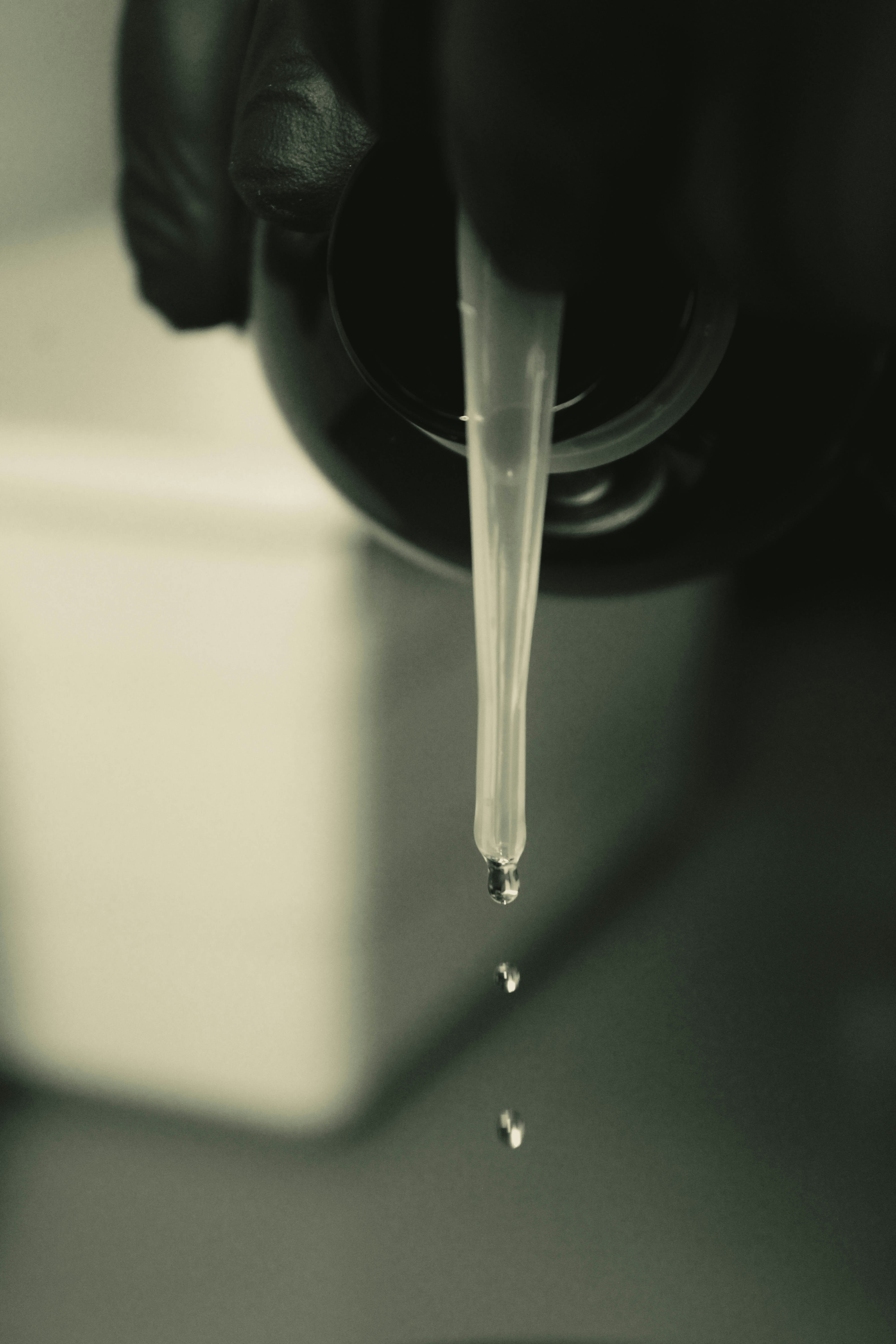
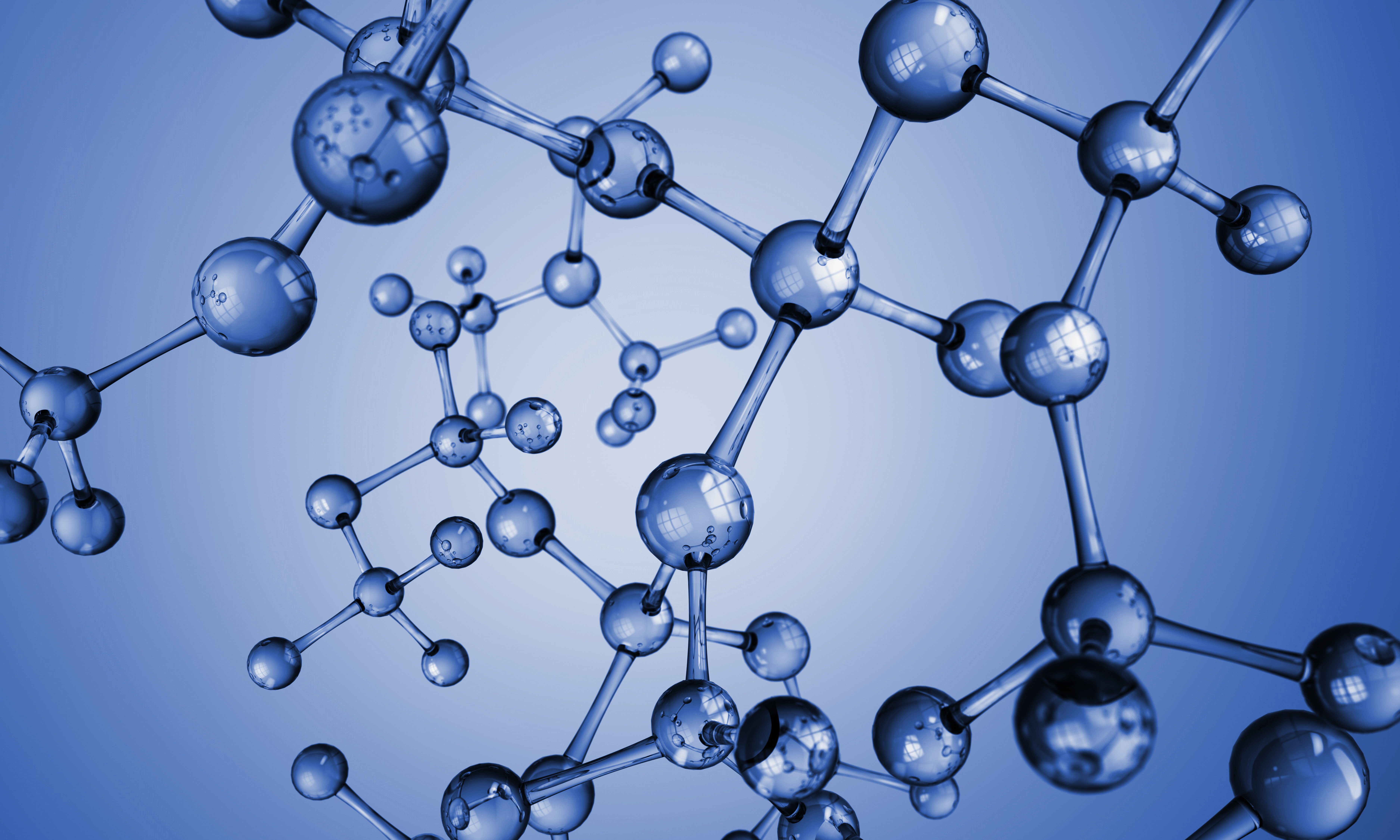


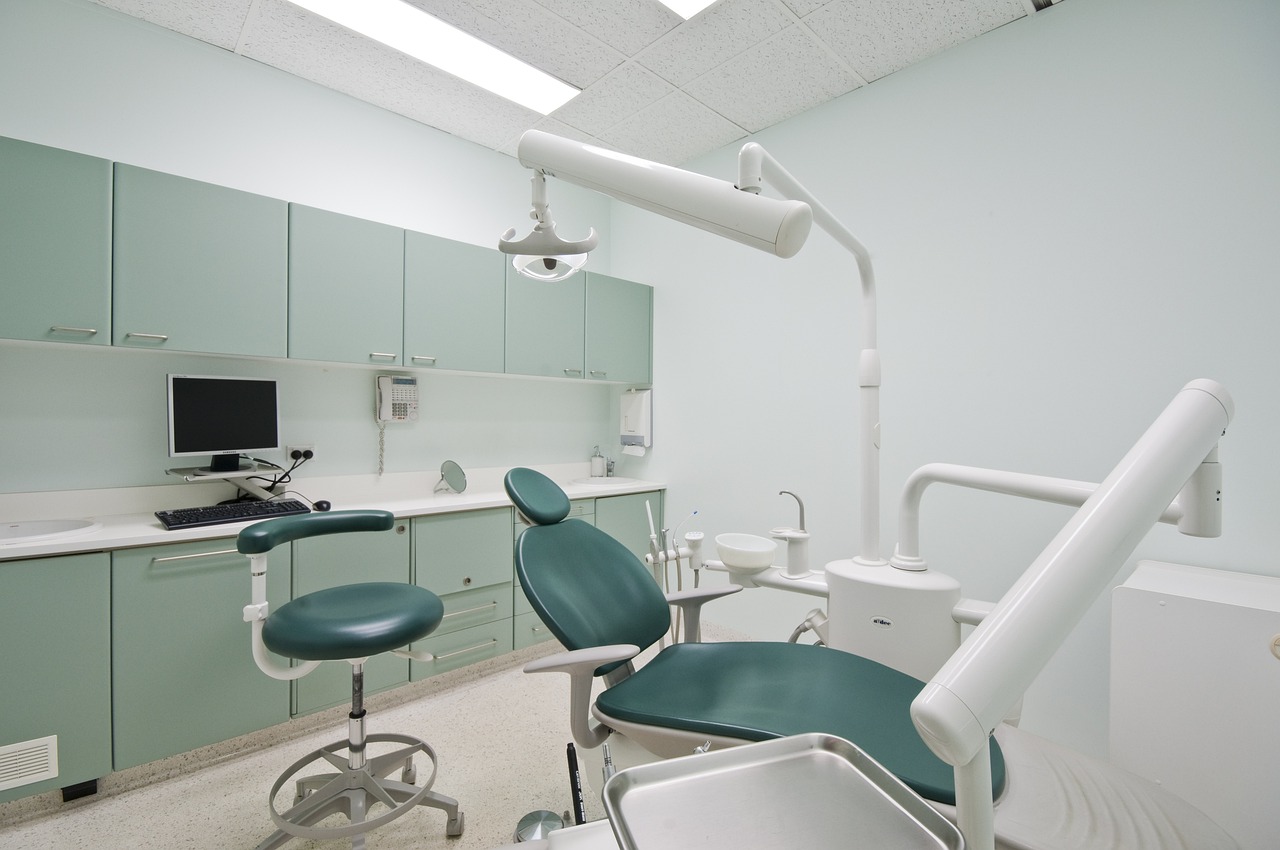



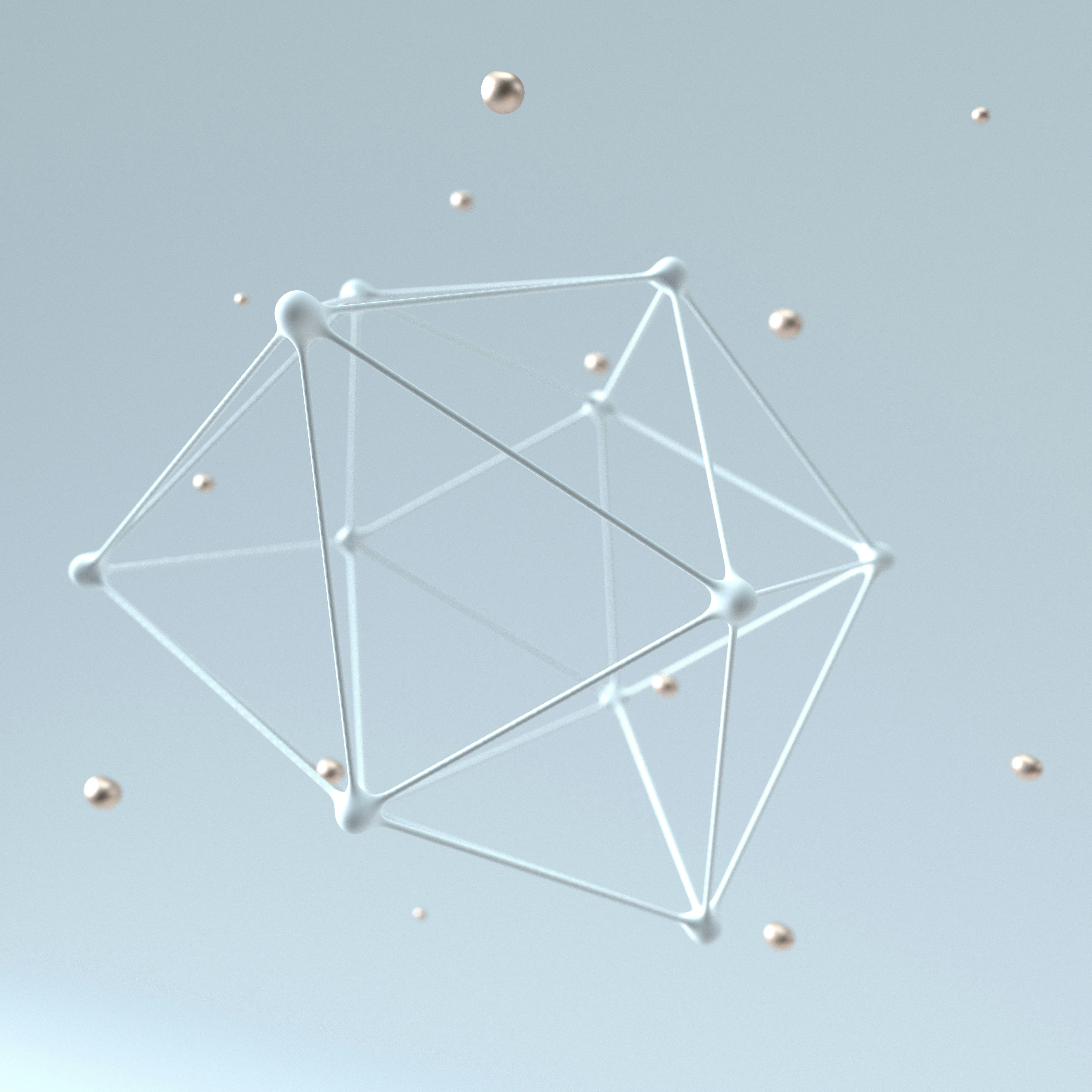



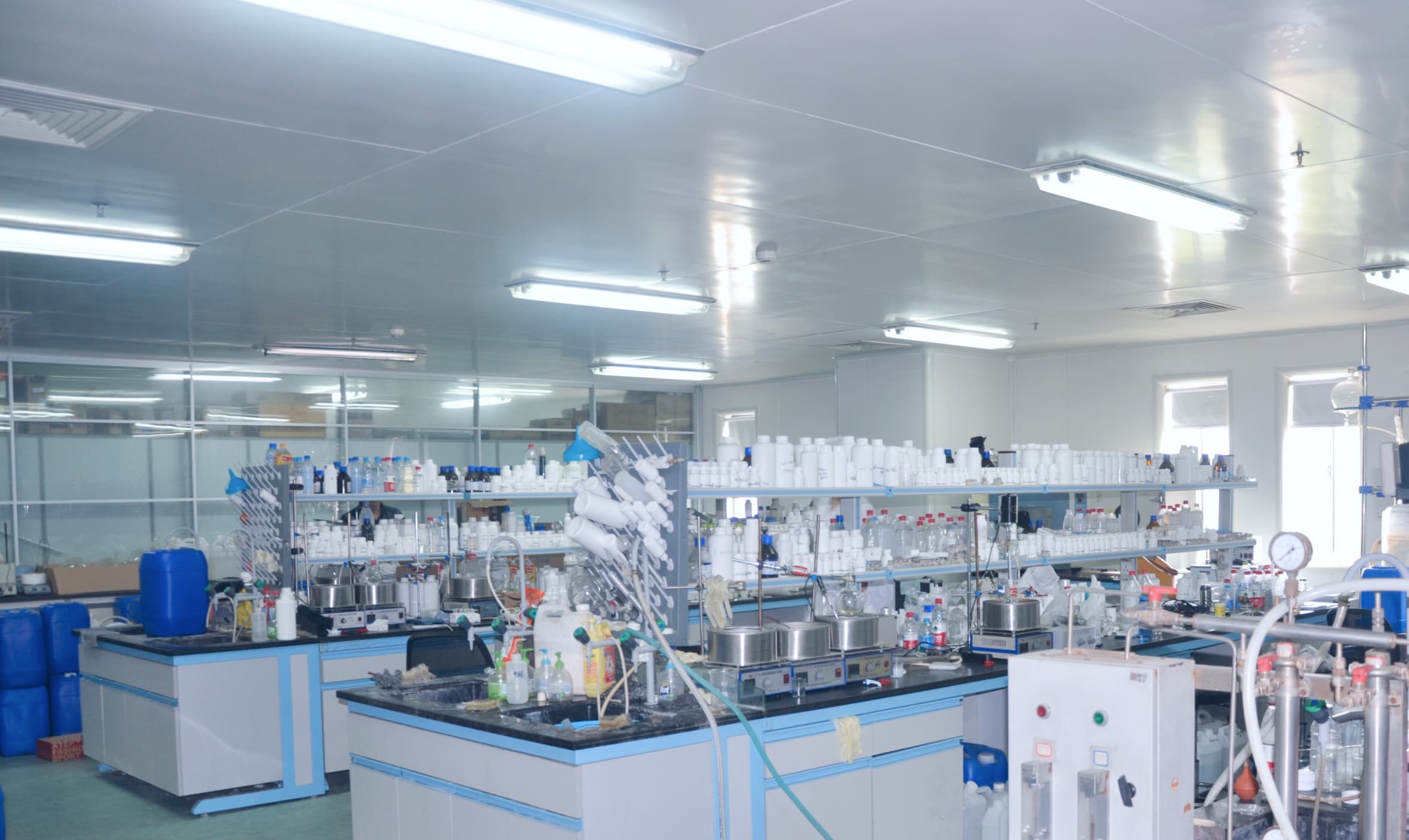

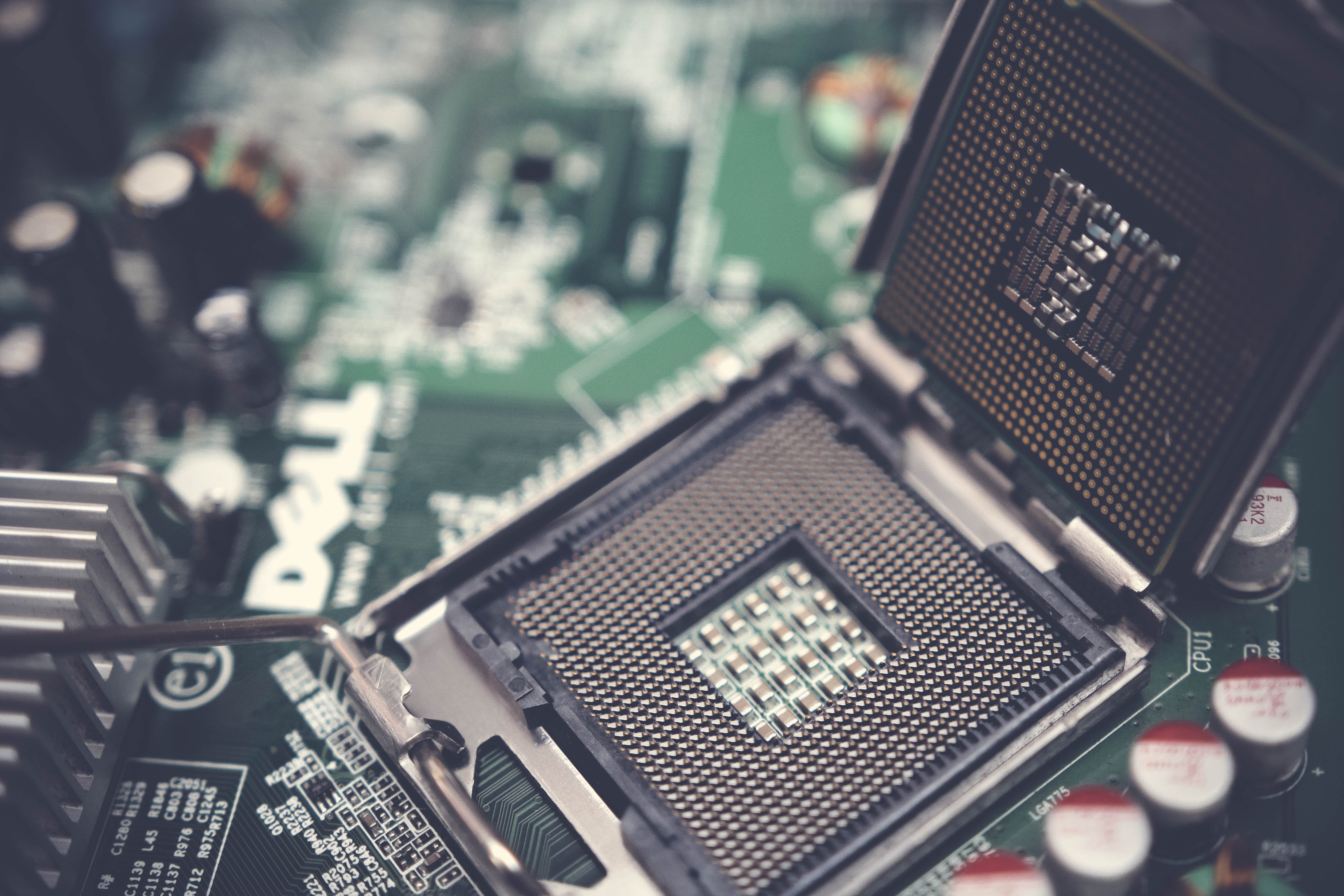
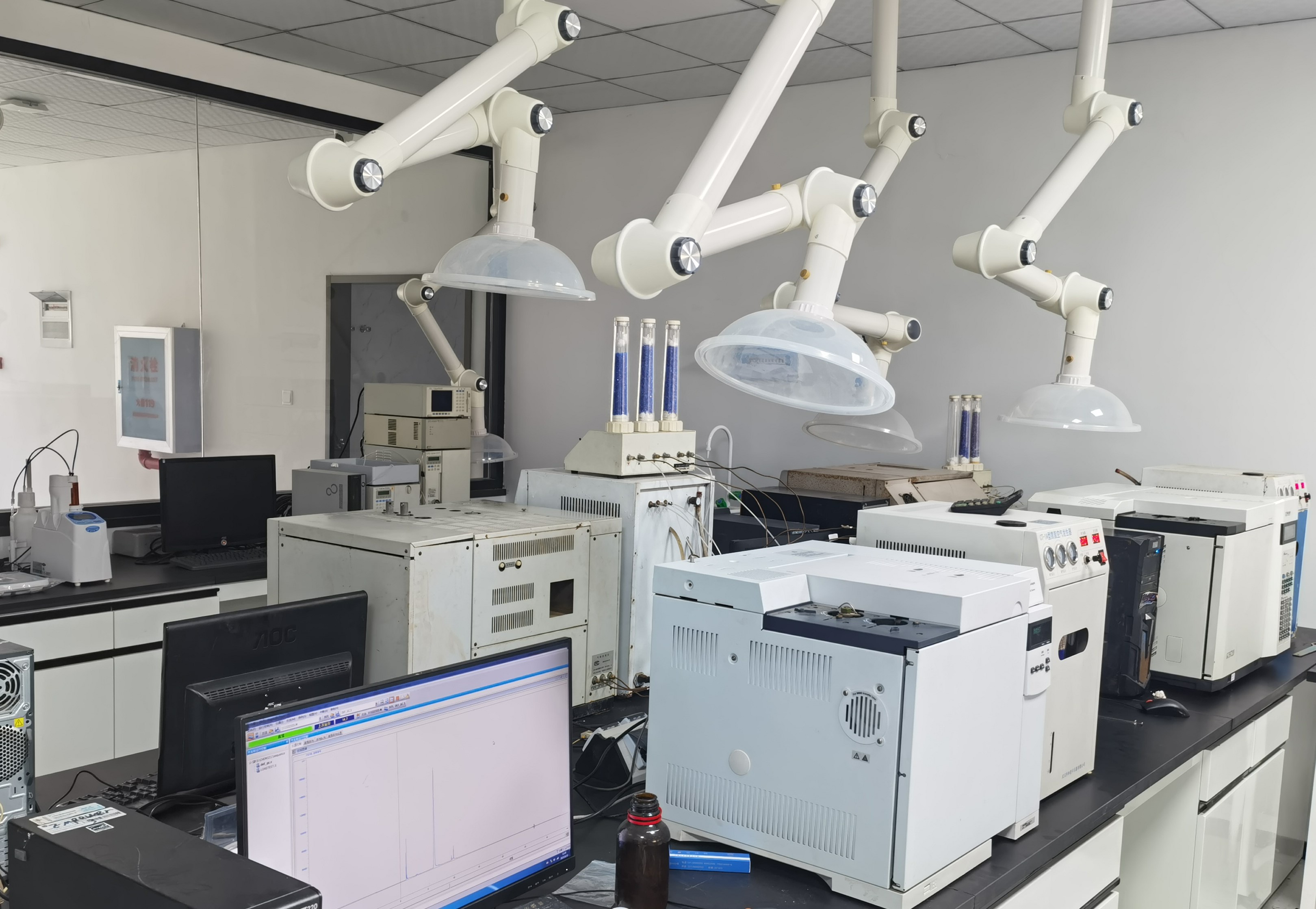
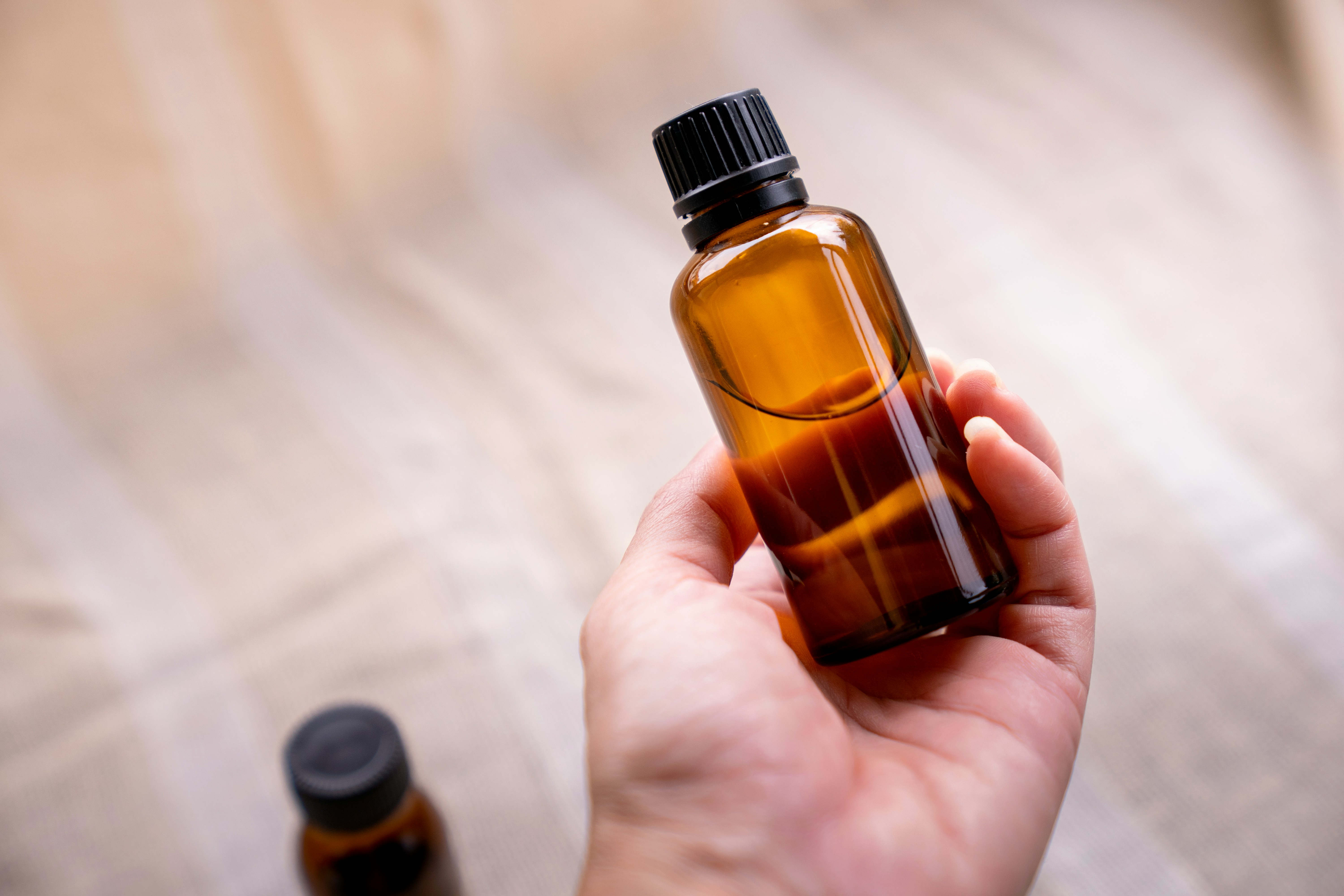
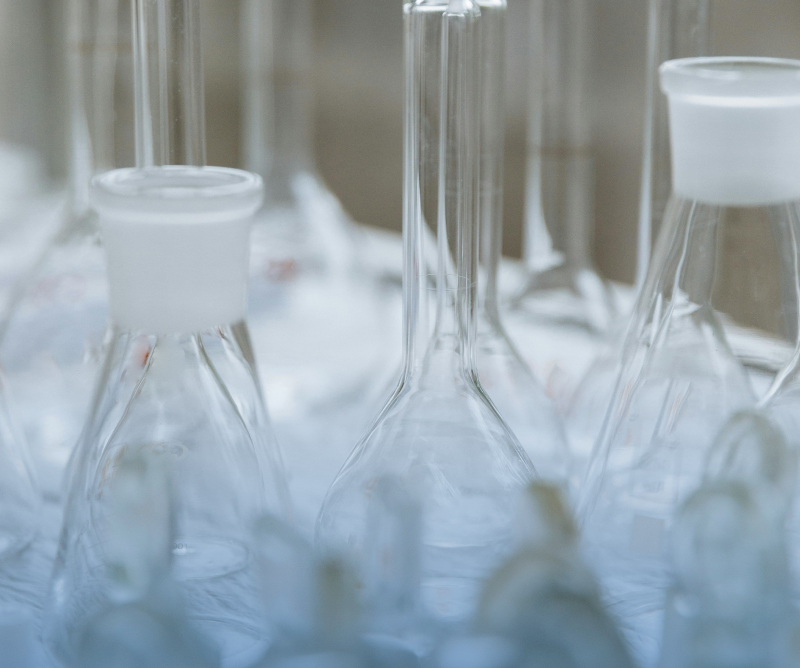


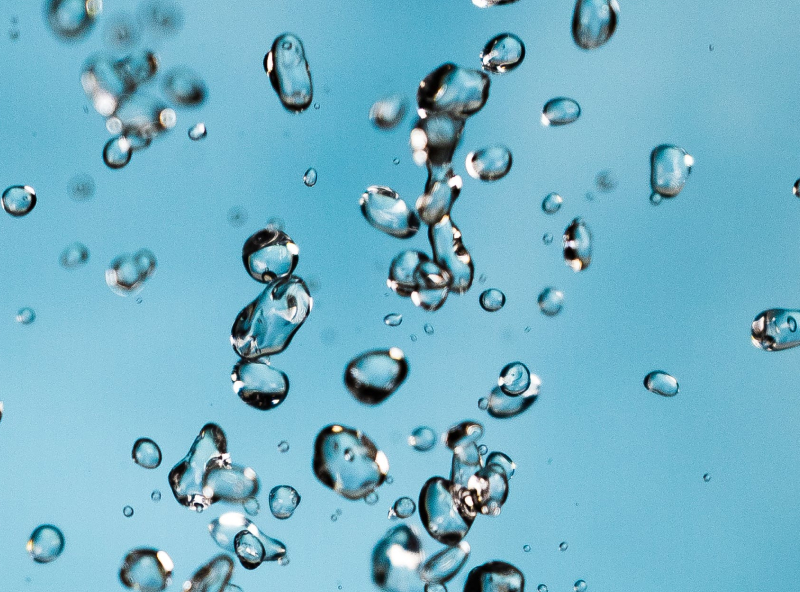
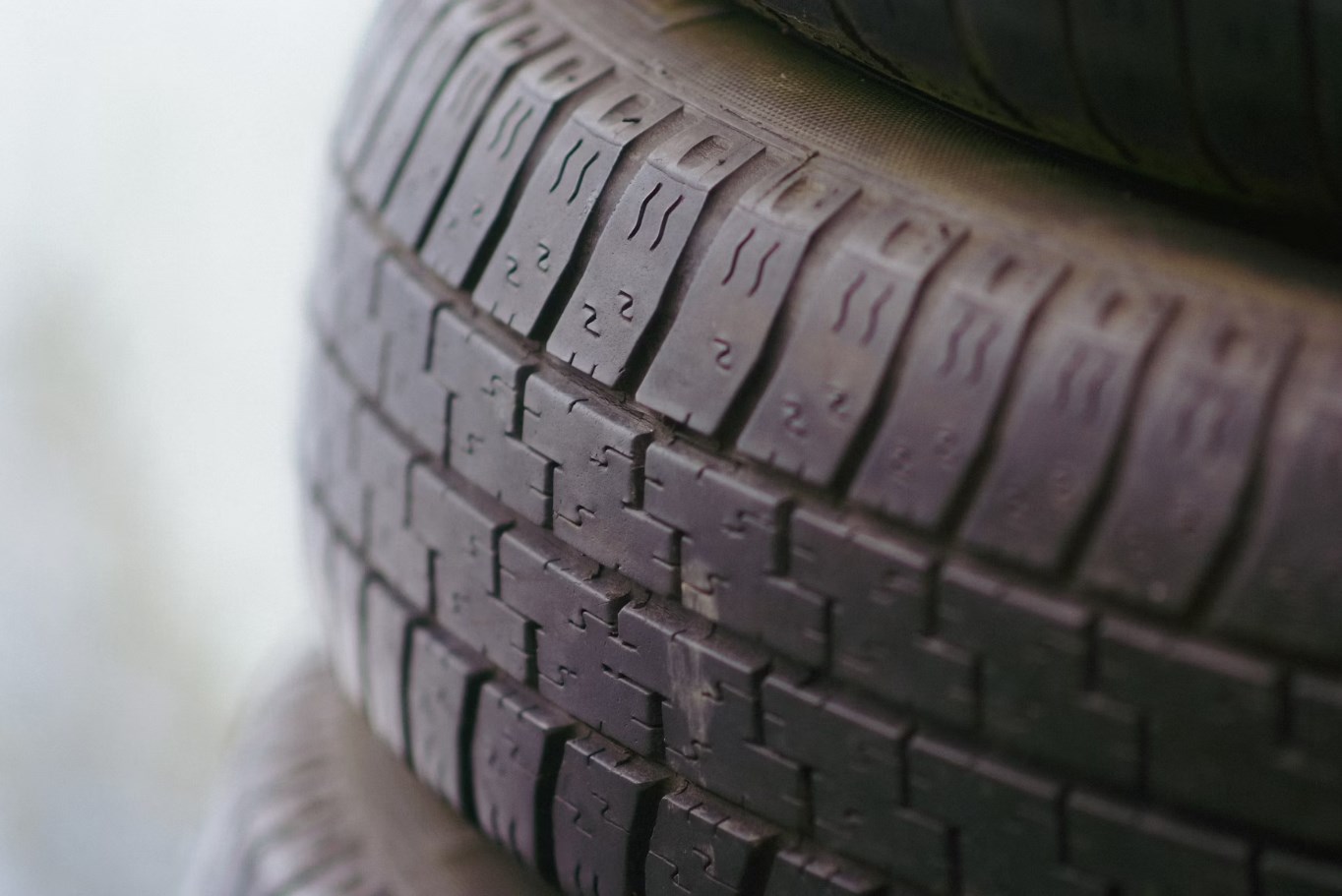

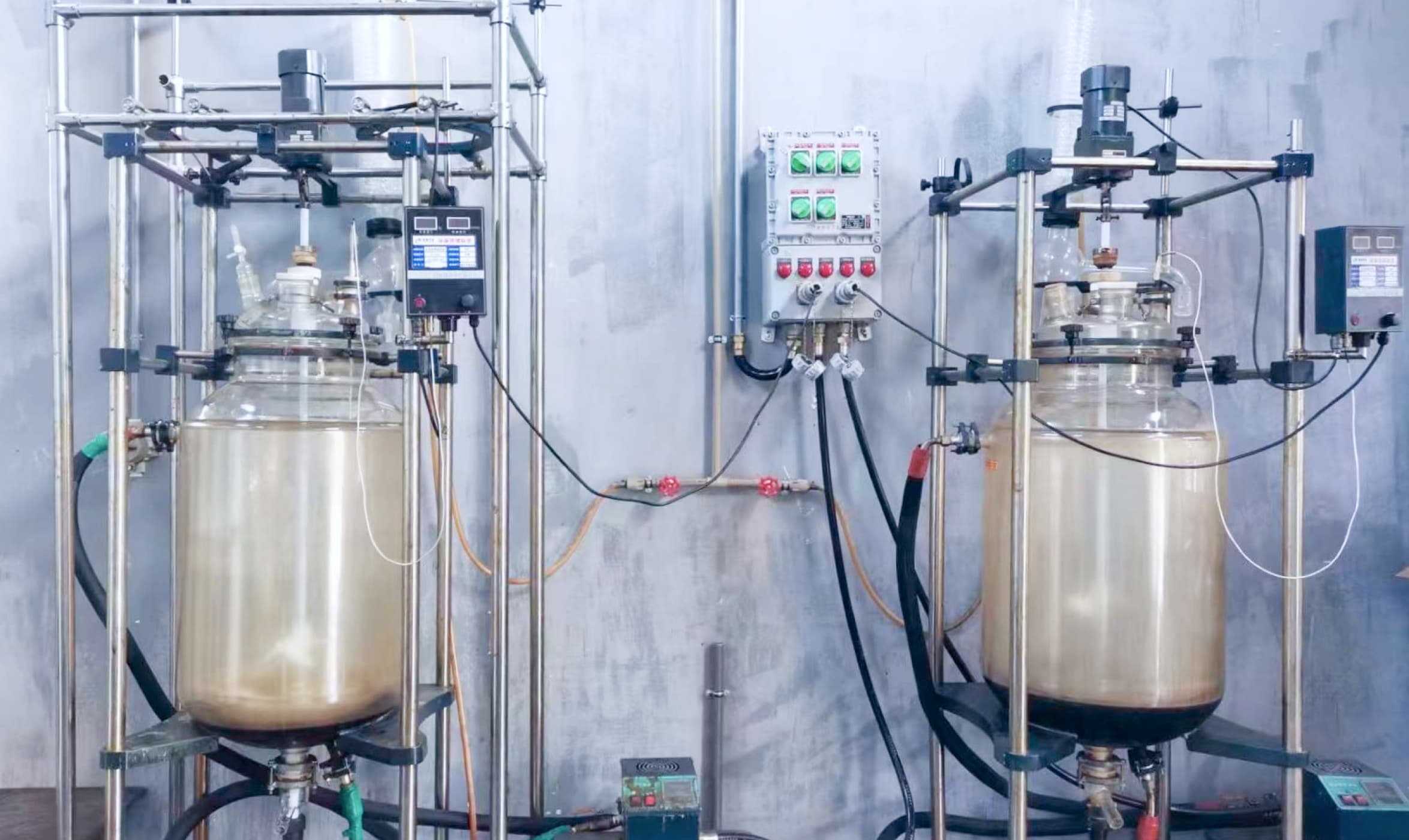
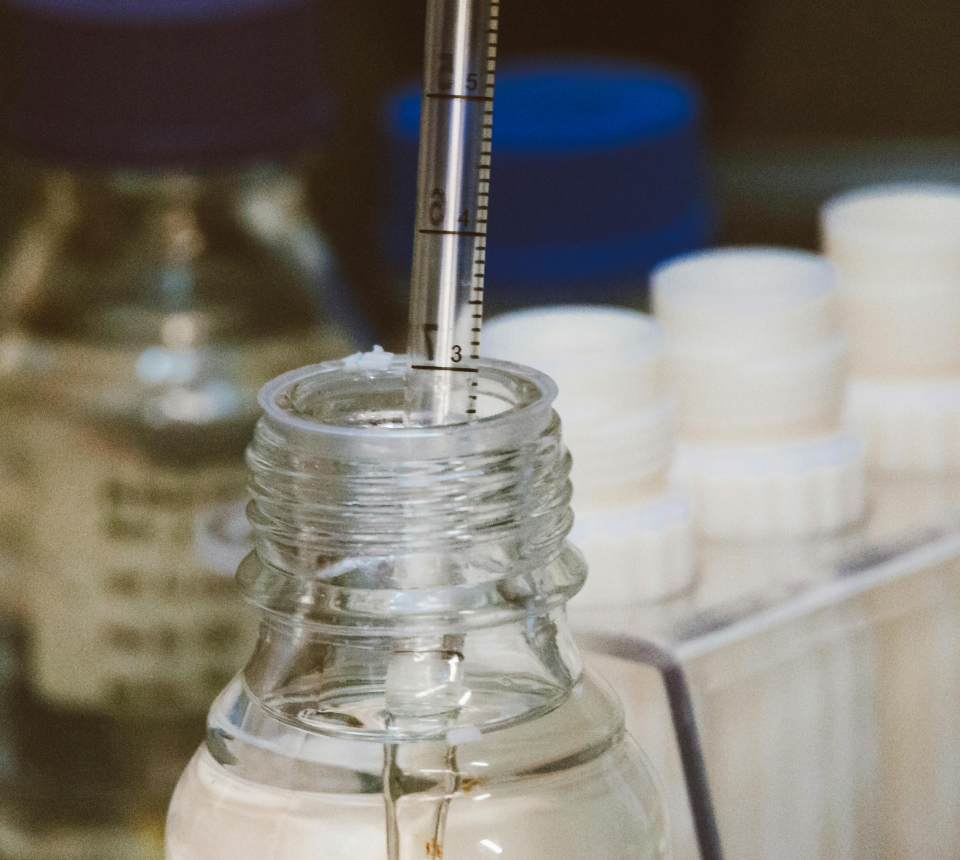
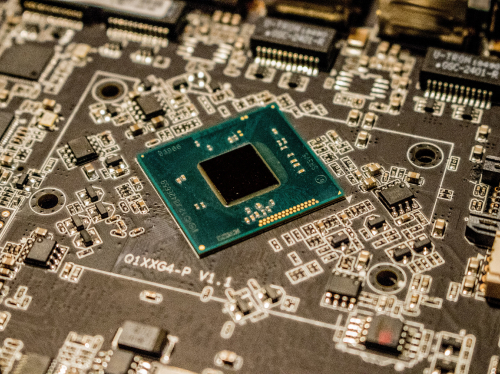

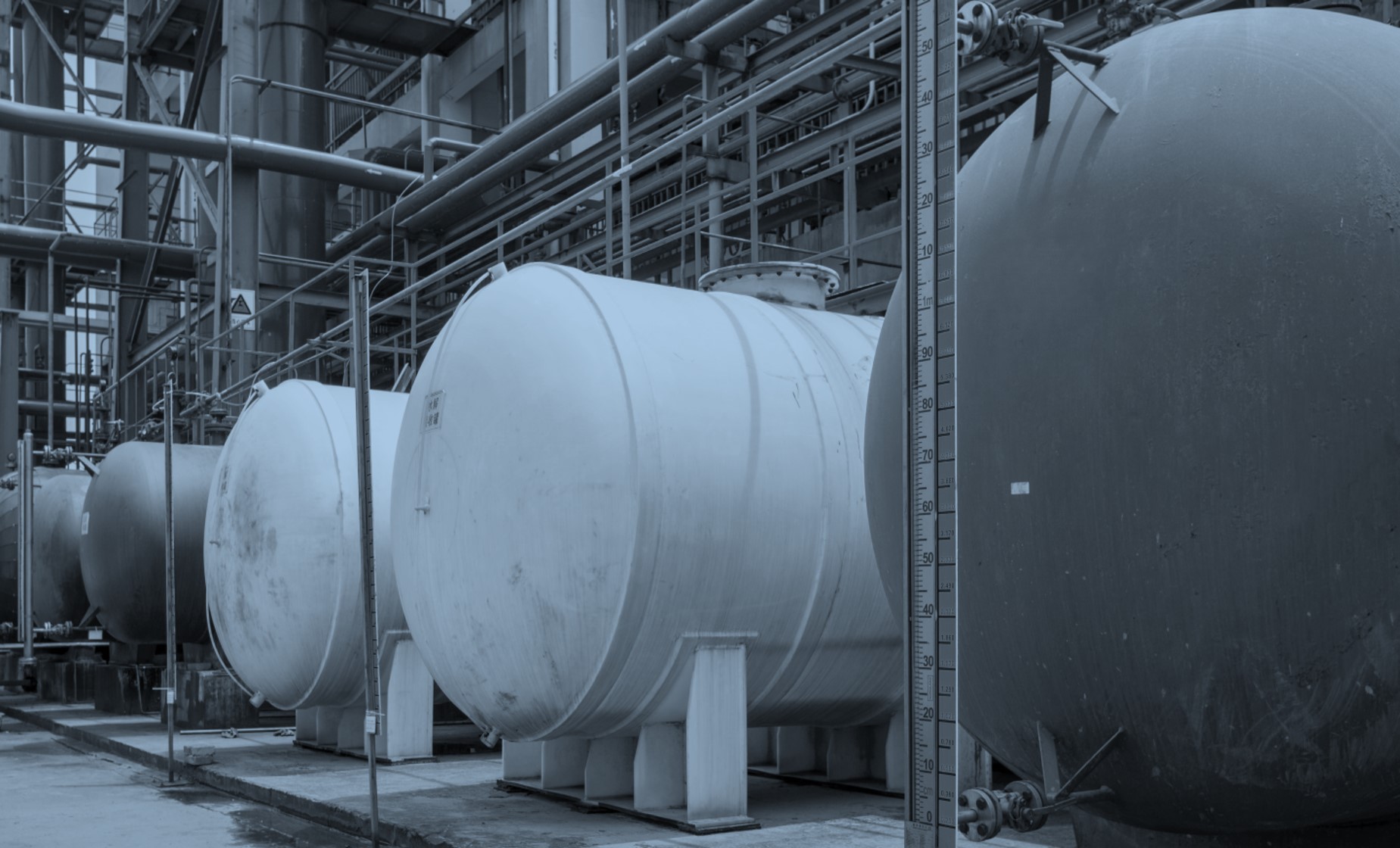


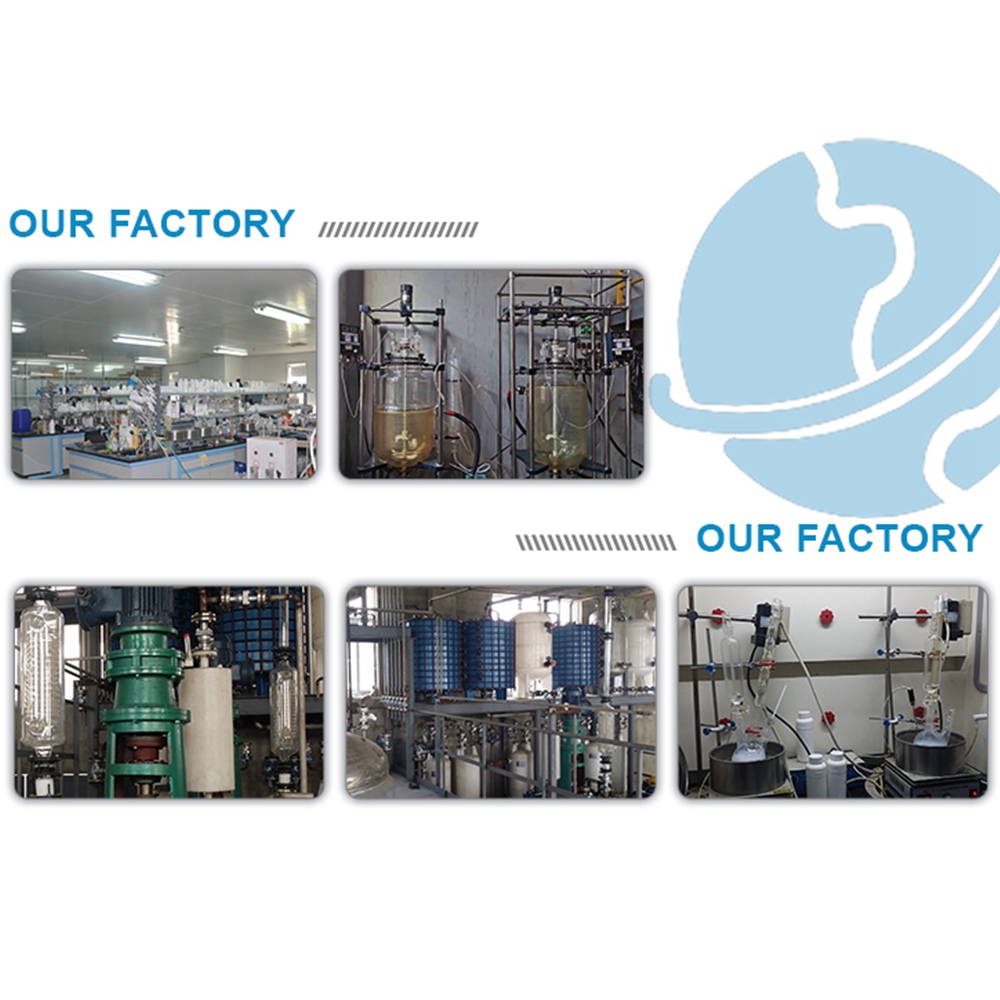
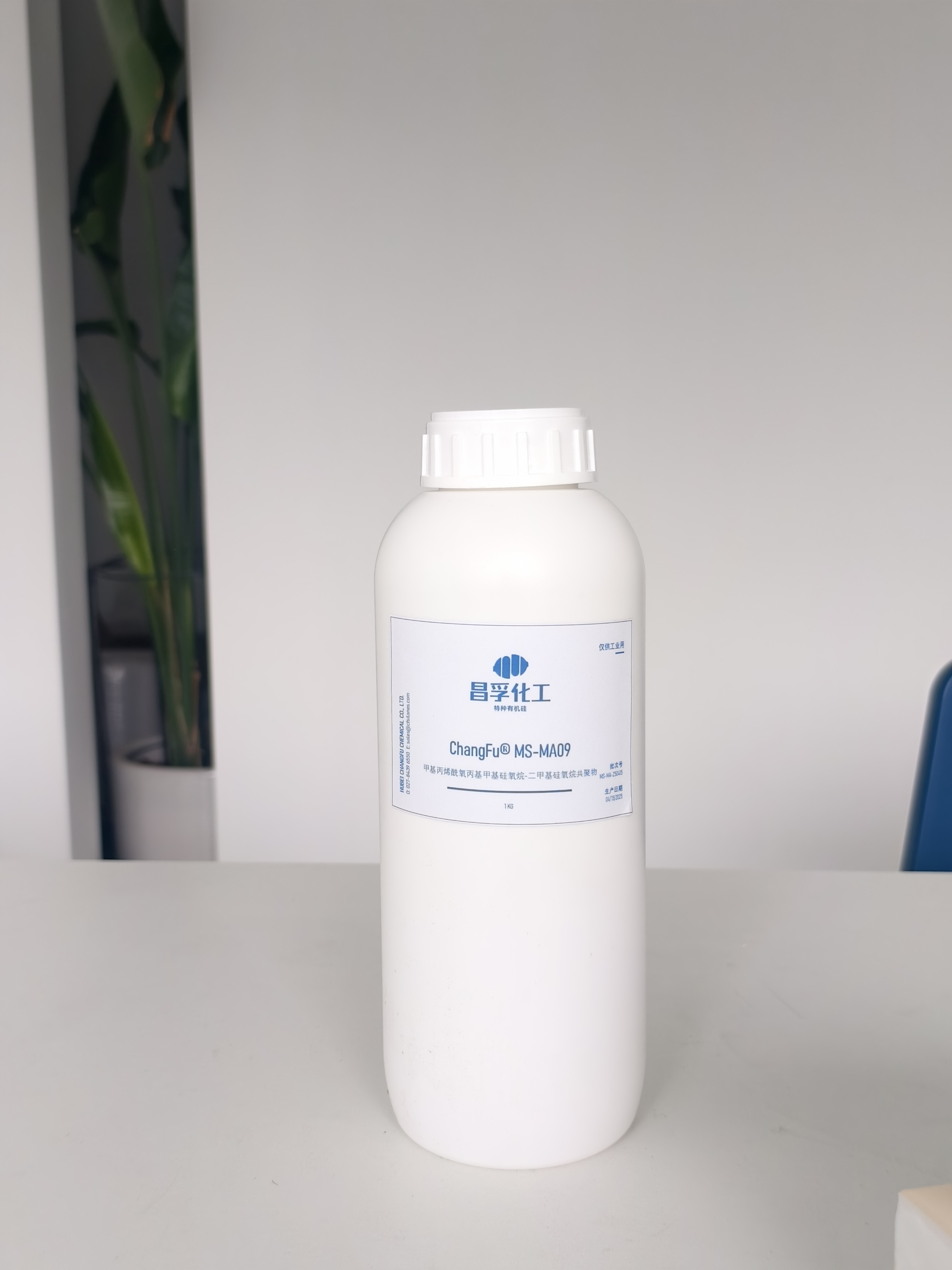



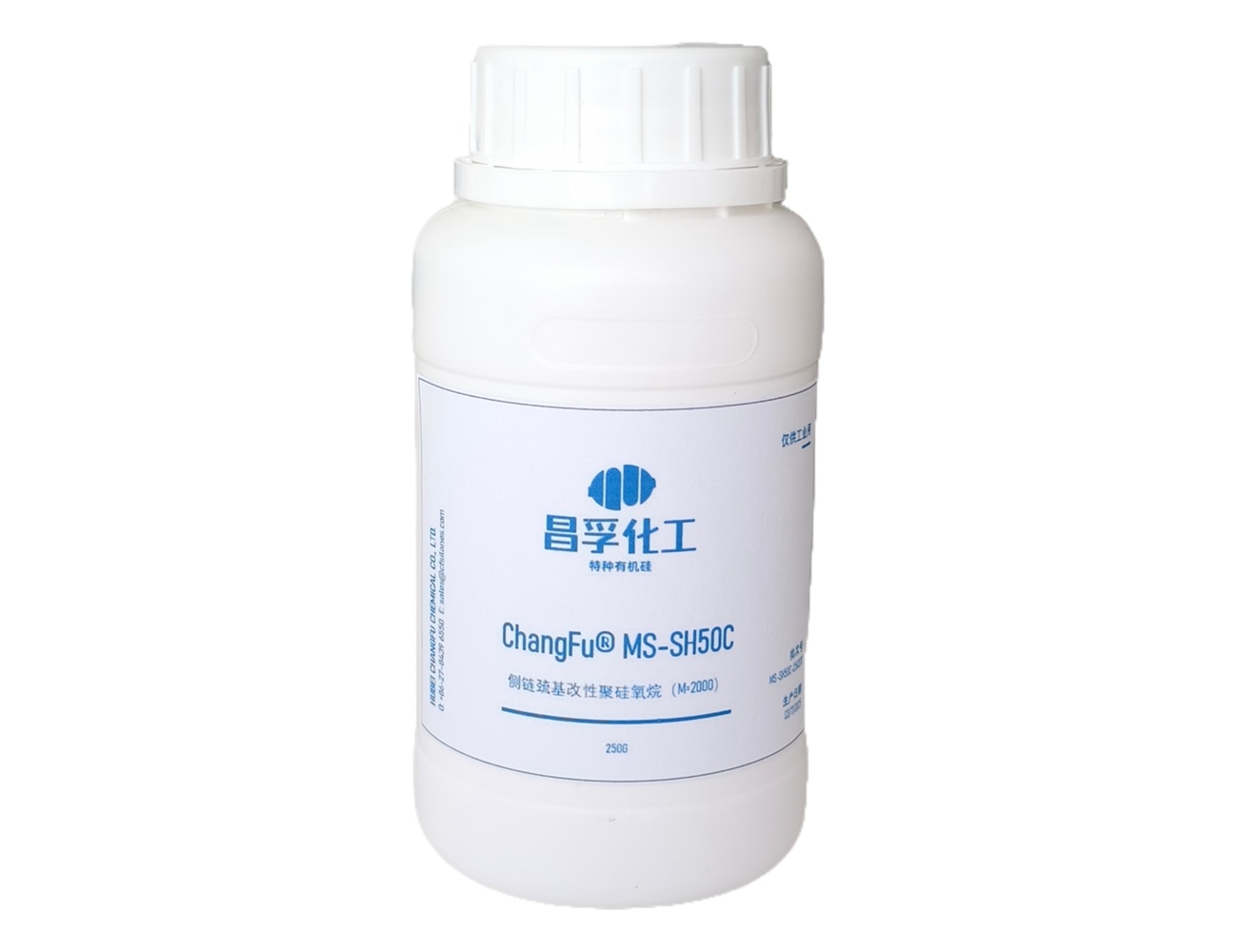



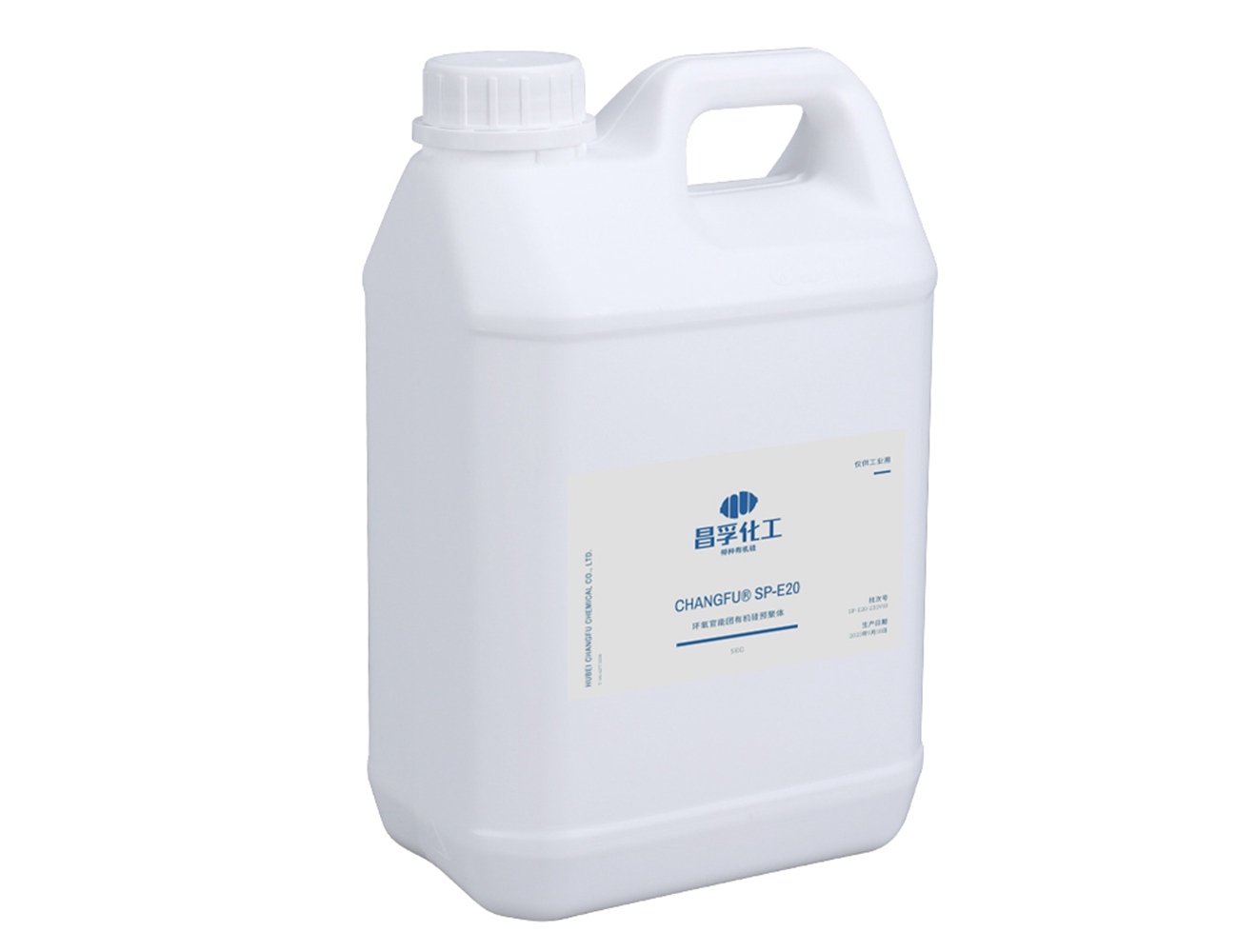
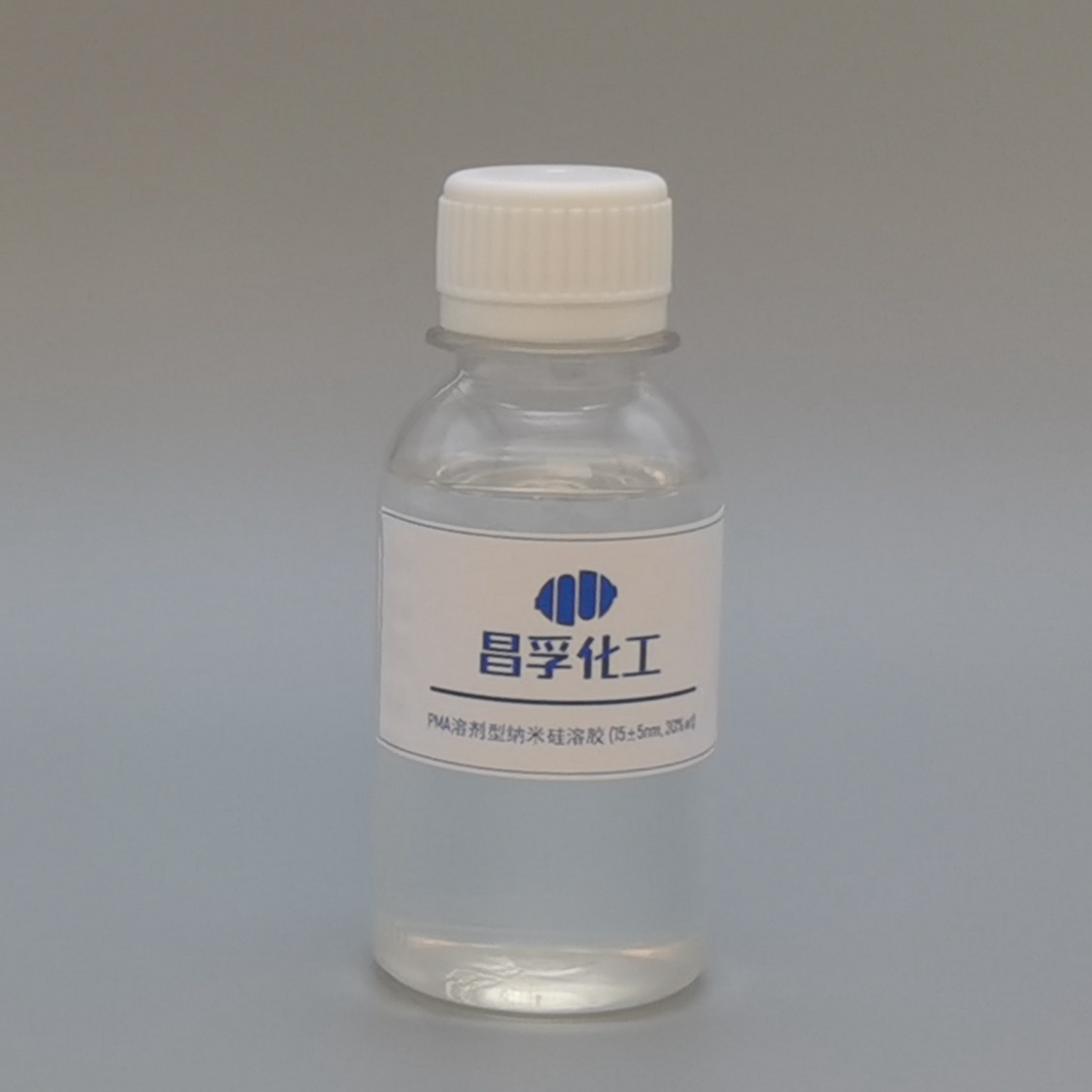


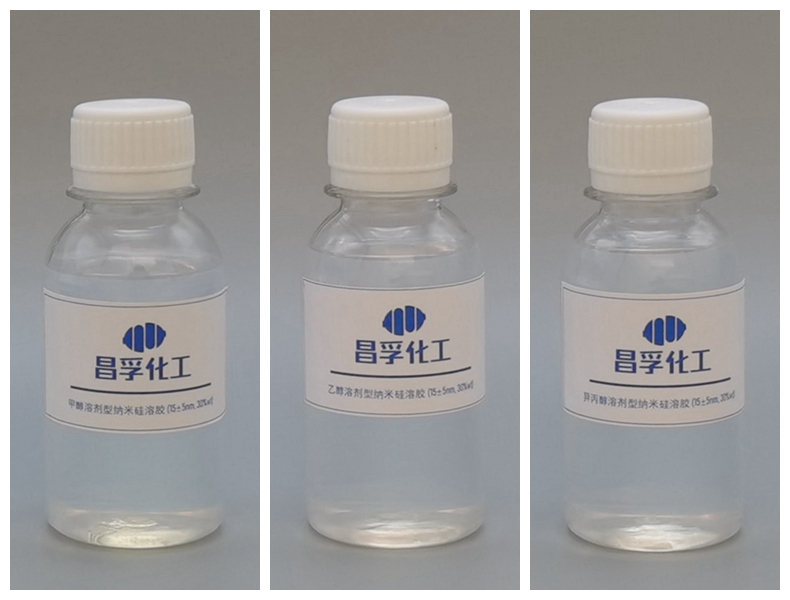
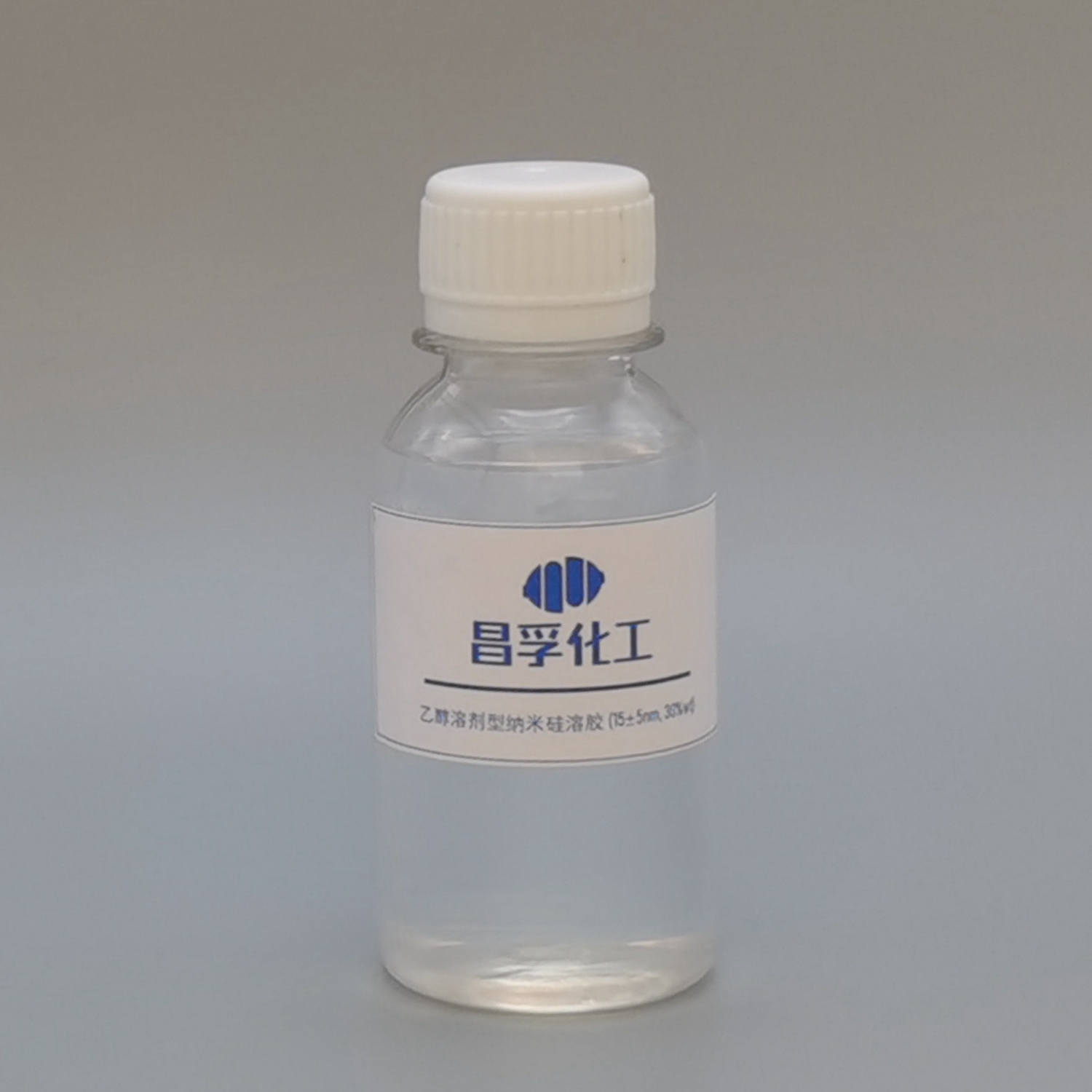
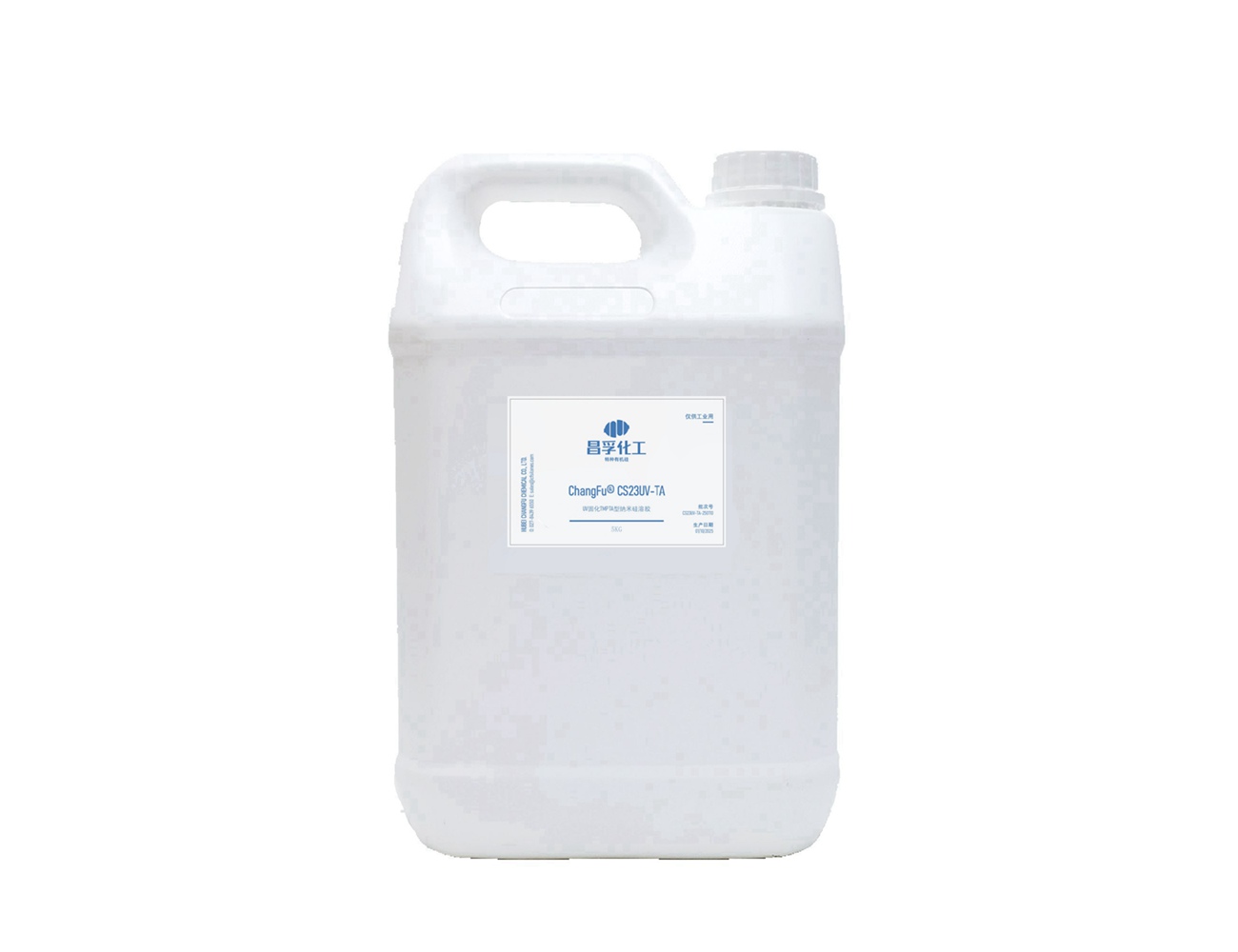
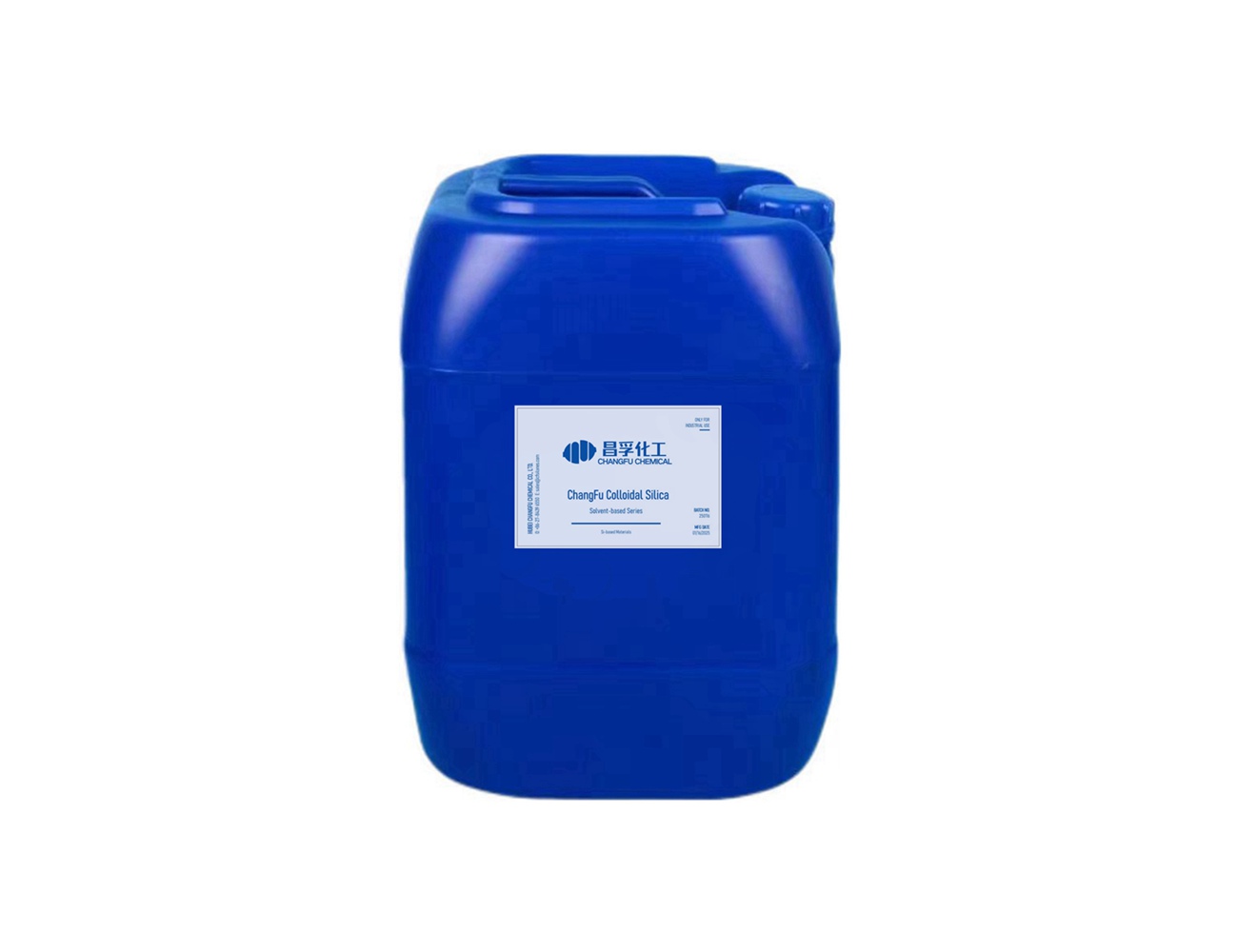


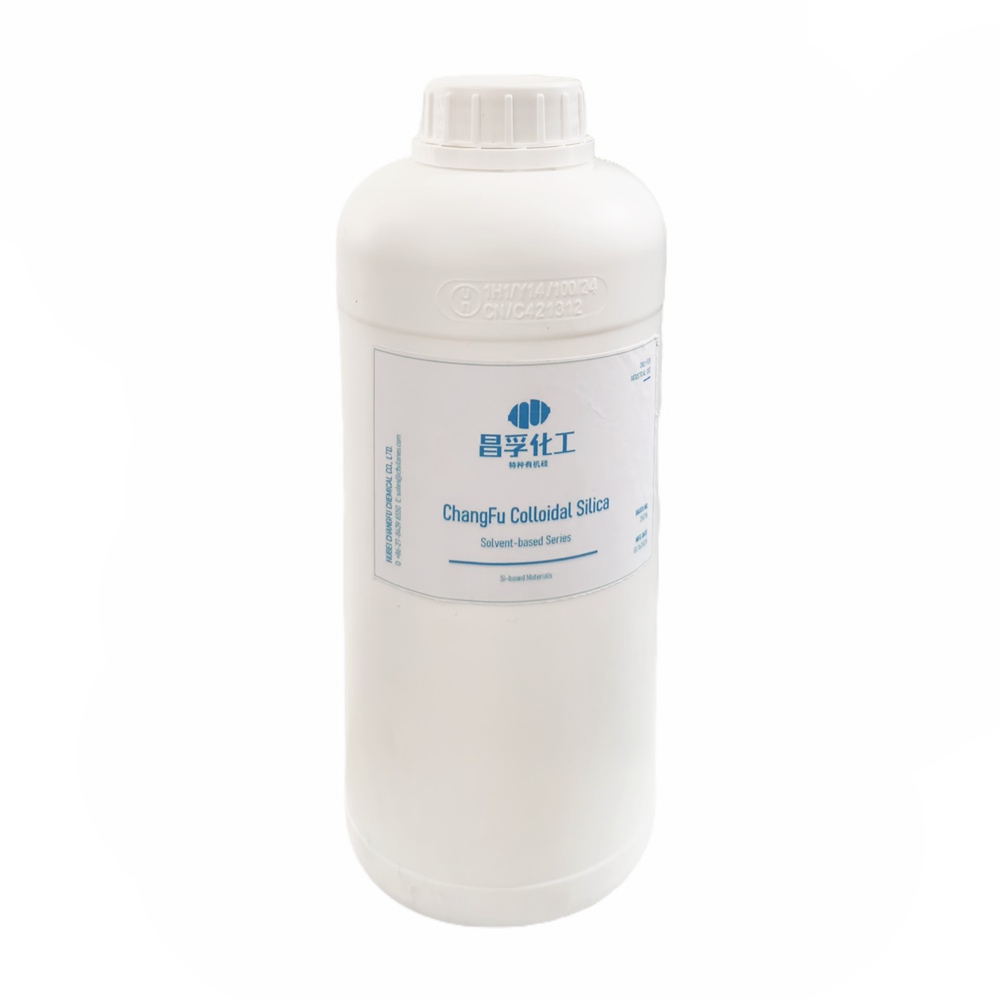


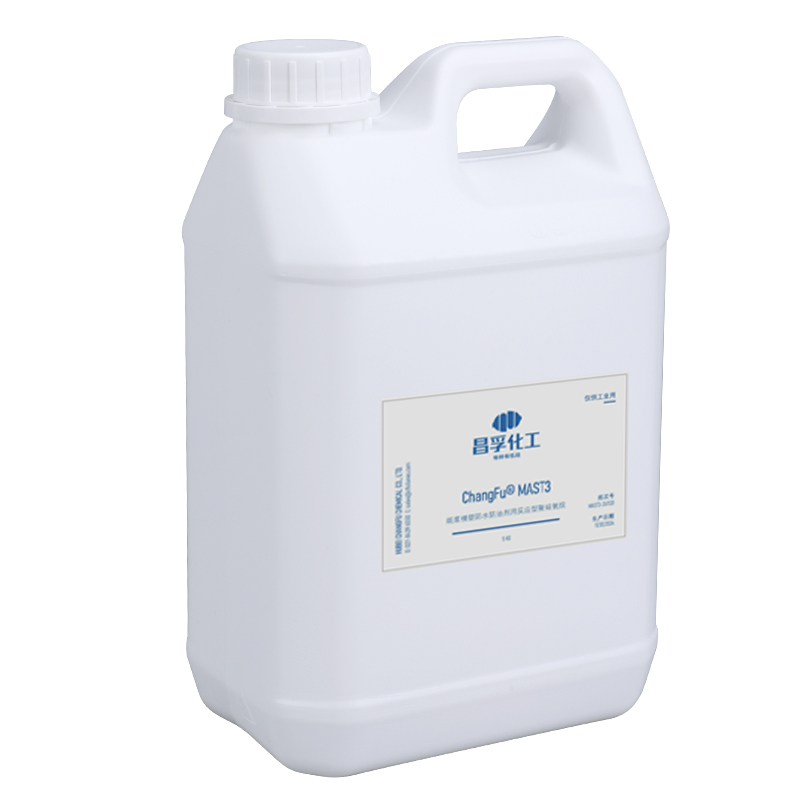












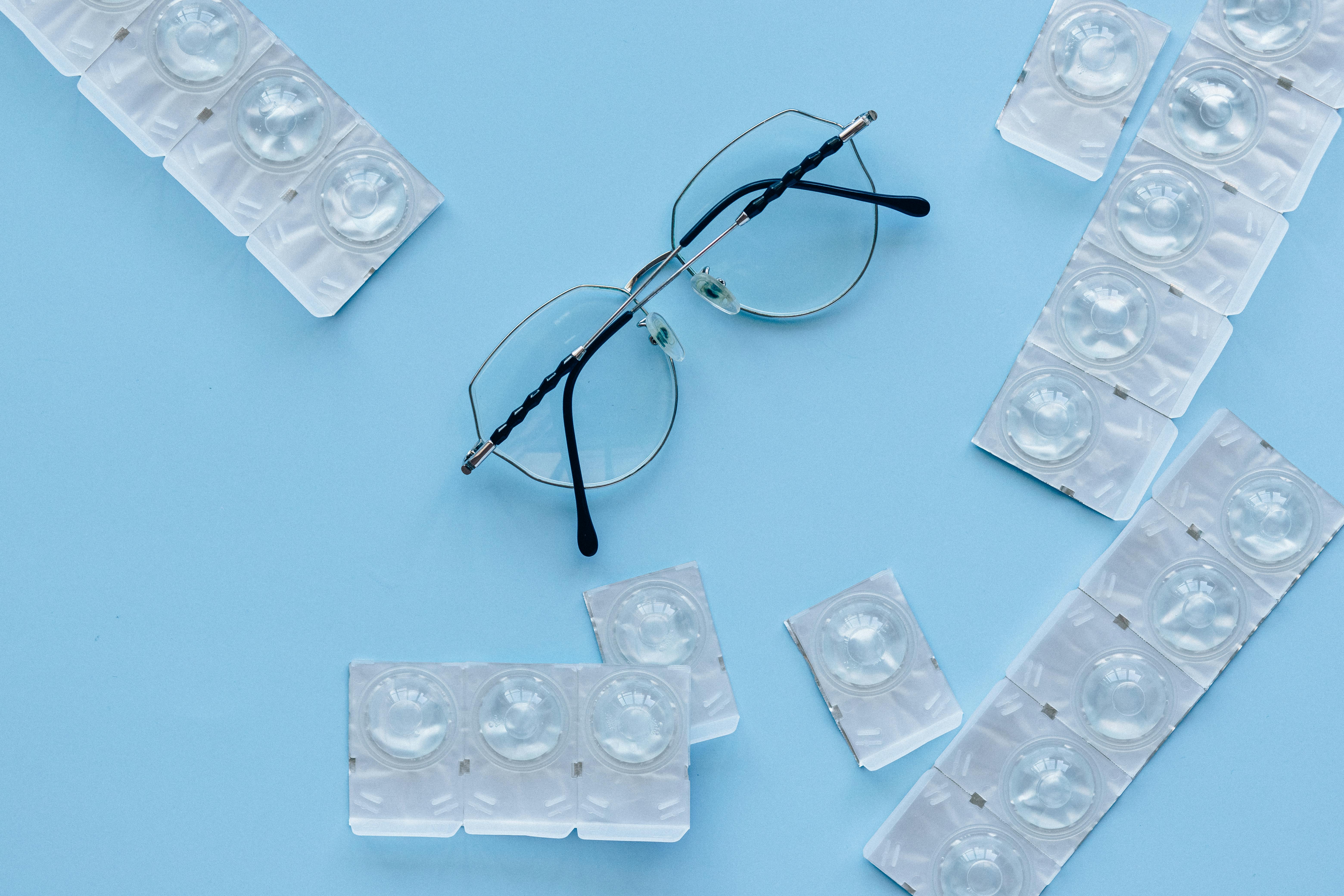

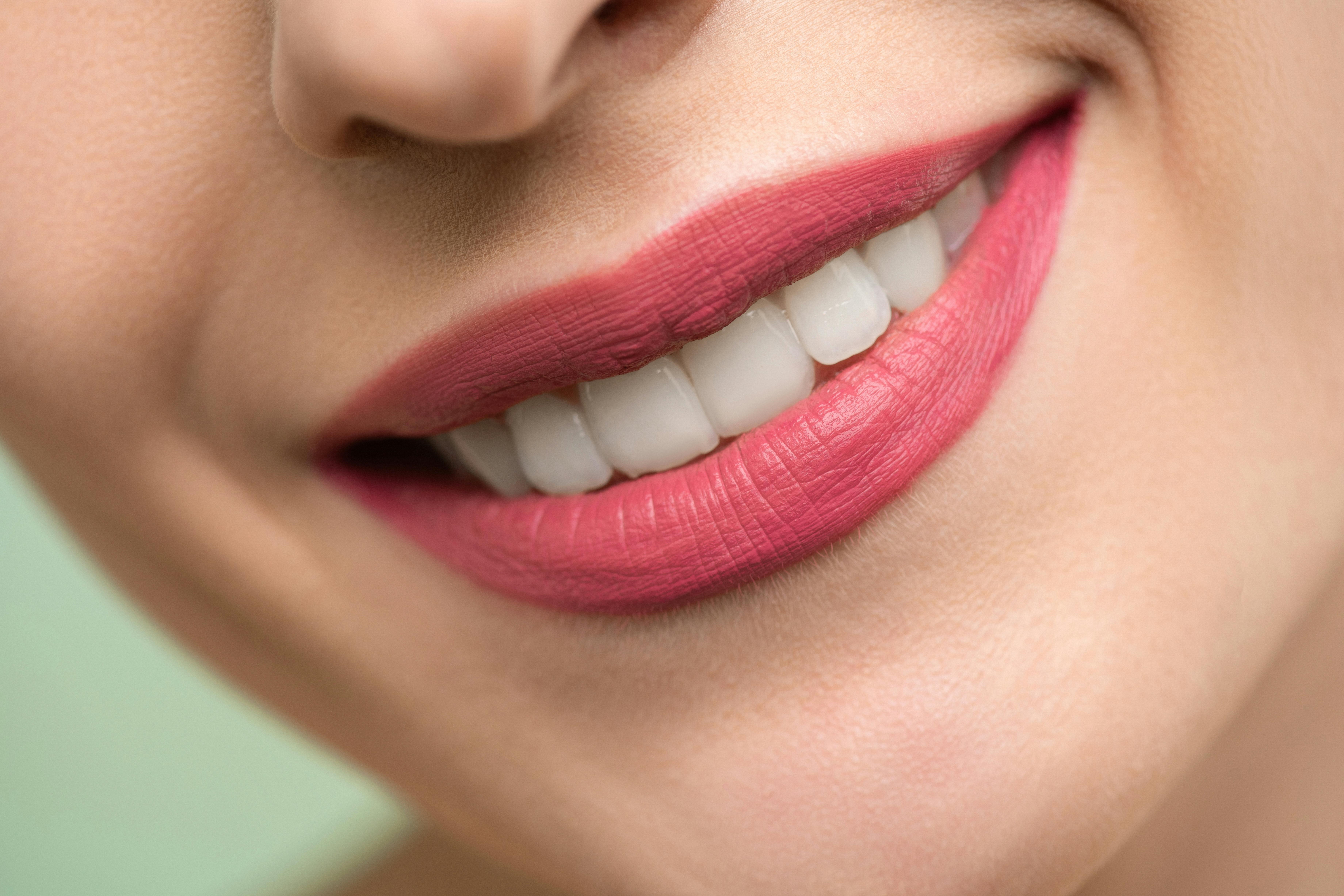






















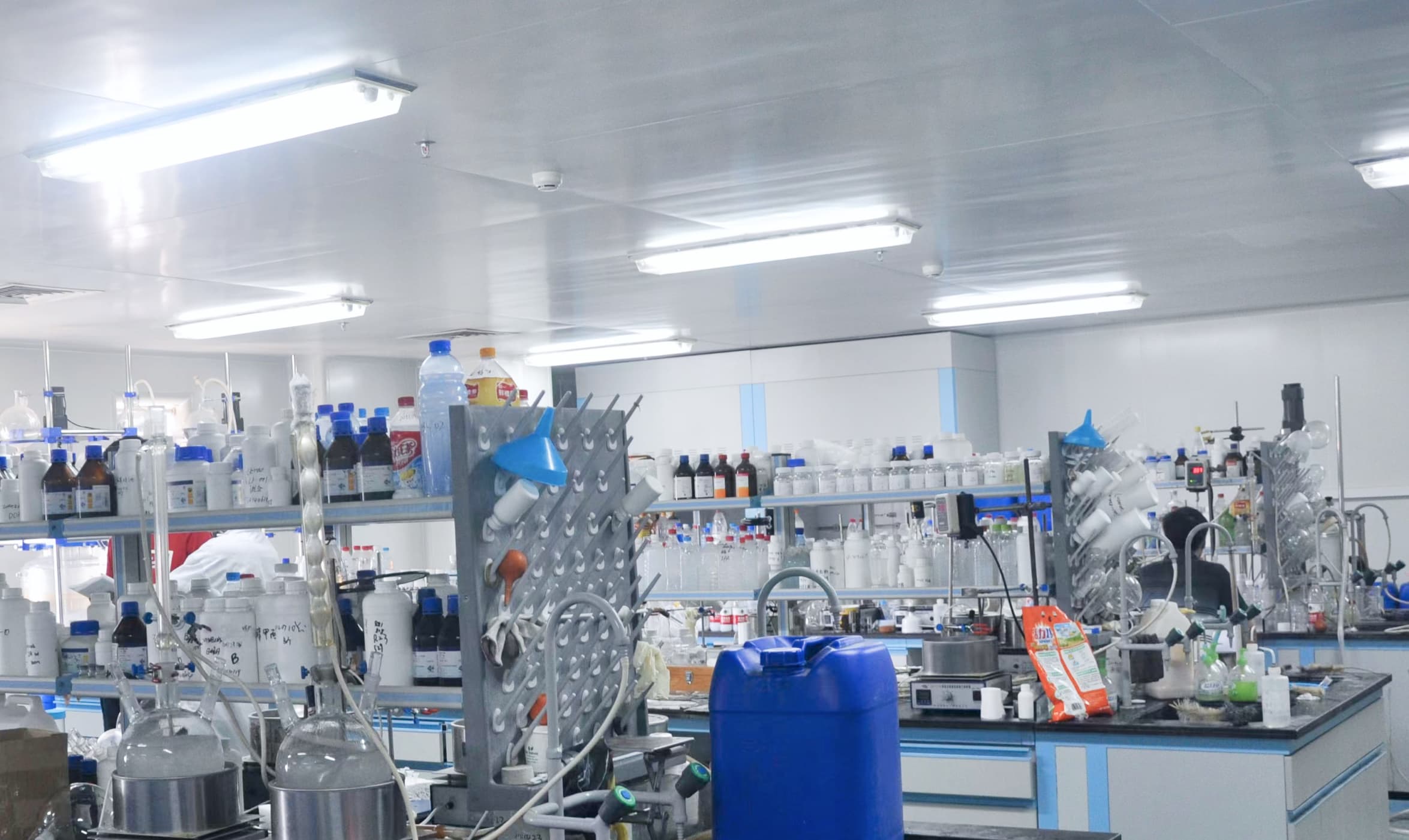

+86 27 8439 6550
+86 181 6277 0058
sales@cfsilanes.com
Optics Valley Bio-City
No. 666, Gaoxin Avenue
Hongshan District, Wuhan City

+86 27 8439 6550 | +86 181 6277 0058
sales@cfsilanes.com
Optics Valley Bio-City
No. 666, Gaoxin Avenue
Hongshan District, Wuhan City
Copyright © Hubei ChangFu Chemical Co., Ltd. All Rights



